In bathroom renovation, mirrors may seem like just a daily accessory, but they often determine the visual focus and practicality of the entire space. A suitable bathroom mirror can not only improve lighting and enhance the sense of space, but also create a harmonious and unified overall style with the washbasin, walls, and lighting. With the continuous development of modern design trends, the function of bathroom mirrors has long surpassed "reflection" and has become an indispensable core element in space design.
This article will explore how to choose the most suitable mirror for a bathroom renovation from five perspectives: mirror type, size ratio, lighting integration, material selection, and installation location.
1. Clarify the main functions of bathroom mirrors
Before choosing a mirror, it is essential first to clarify its role in the bathroom.
In most cases, mirrors serve three main functions:
Visual function - used for daily grooming, shaving, or makeup;
Decorative function - improving visual proportion by reflecting light and expanding spatial sense;
Lighting assistance - works in conjunction with lighting to create more uniform facial lighting.
Modern design emphasizes a balance between functionality and aesthetics, so when selecting mirrors, one should not only consider Size or shape but also evaluate them comprehensively based on lighting, storage, and overall style. For example, a Lighted Bathroom Mirror or a Medicine Cabinet with a Mirror and lights that also serve as storage can effectively enhance the practicality and cleanliness of the bathroom.
2. Choose the appropriate type of Mirror
The types of bathroom mirrors today can be divided into several mainstream choices, each corresponding to different decoration needs.
Flat Mirror
The most common and minimalist style. Suitable for minimalist or modern-style bathrooms, this product offers flexible installation and a wide price range, ranging from economical to high-end, customized styles.
Mirror Cabinet
Combining mirror and storage functions, there is usually an adjustable shelf inside, which can store medicines and skincare products while keeping the countertop clean and organized. Suitable for bathrooms with limited space or those wishing to hide clutter.
Lighted Mirror
Built-in LED lighting system, often with dimming and anti-fog functions. It can provide a soft and shadow-free lighting effect, which is very suitable for dressing or shaving.
Smart Mirror
Integrated touch controls, time displays, Bluetooth, speakers, and defogging functions are becoming increasingly popular choices in high-end bathroom renovations.
According to the Houzz 2024 Bathroom Trends Report, over 58% of homeowners have chosen mirrors with lights or storage features in their renovation projects, while the proportion of regular flat mirrors has decreased to 27%, reflecting a growing consumer preference for multifunctional mirrors.
3. Size and proportion: the key to determining spatial balance
The Size of the bathroom mirror should be coordinated with the width of the sink. Industry standards suggest that the width of the Mirror should be slightly smaller than the washbasin, by about 2-4 inches, to maintain visual balance and avoid abrupt edges.
For example:
For 36 36-inch vanity, the ideal mirror width is approximately 32-34 inches.
For 48 48-inch vanity, you can choose a mirror of 44-46 inches.
In terms of height, the upper edge of the Mirror should be approximately 68-72 inches off the ground to ensure that most adult users can comfortably look into it. If the ceiling is low (below 8 feet), the center of the Mirror can be adjusted appropriately to maintain a position 64-66 inches above the ground, ensuring a natural view.
For a double-person washbasin, two independent mirrors can be installed with a gap of about 4-6 inches in the middle to ensure overall visual balance.
4. Lighting integration: mirrors are not just reflective tools
Modern bathrooms are increasingly emphasizing the design of mirror lighting.
Traditional top lighting can easily create shadows on the face, while illuminated mirrors can achieve soft lighting through both sides or backlighting.
Common types of lighting include:
Edge Lite: Uniform light, suitable for makeup or skincare.
Backlight: Soft lighting, intense atmosphere, and more design-oriented.
Dimmable Control: Adjustable brightness and color temperature to meet different usage needs at other times.
Industry data show that LED mirrors with adjustable color temperature functions (2700K-6000K) have experienced a growth rate of over 40% in the past two years, as this design allows users to switch flexibly between warm light (relaxing) and cool light (cleaning), thereby enhancing spatial functionality.
5. Mirror and frame materials: balance durability and aesthetics
The durability of mirrors is particularly crucial in damp bathroom environments.
High-quality silver mirrors exhibit stronger corrosion resistance, provide clear reflection, and are less prone to oxidation. For the framework part, the following materials are the most common:
Aluminum Frame: Lightweight, rust-resistant, suitable for modern style.
Stainless Steel Frame: Offers strong durability, making it suitable for humid environments.
Wood Frame: Provides a warm, natural feel, but requires a moisture-proof coating treatment to prevent damage.
For Frameless Mirrors, although the lines are simple, anti-drop brackets or silicone fasteners need to be used during installation to ensure safety.
6. Installation location: Details that affect the user experience
The ideal installation position for mirrors should be such that the user's eyes are located at the center or slightly above the mirror surface.
If paired with a wall lamp, ensure that there is a 2-3 inch gap between the bottom of the lamp and the upper edge of the Mirror to avoid reflective interference.
At the same time, maintaining a distance of around 5-6 inches between the mirror and the faucet can prevent water splashes from hitting the mirror surface and reduce the need for cleaning.
If the bathroom space is small, a second mirror can be installed on the opposite or side to create a visual extension effect, making the space look brighter and more spacious.

7. Design Trend: Integration of Function and Aesthetics
According to the latest data from the NKBA (National Kitchen & Bath Association), mirrors that strike a balance between functionality and design are dominating the market.
About 70% of designers will use mirrors as a "design focus" in their bathroom renovation plans by 2025, rather than just accessories. Especially in minimalist and modern-style bathrooms, frameless LED mirrors are favored for their clean lines and discreet light sources.
At the same time, energy conservation and intelligence have also become major trends. Mirrors that utilize efficient LED light sources are approximately 80% more energy-efficient than traditional lighting fixtures and have a lifespan of over 50,000 hours, significantly reducing maintenance costs.
8. Conclusion: Choosing the Right Mirror to Achieve an Ideal Bathroom
In bathroom renovation, mirrors are much more than just tools for "looking in the mirror".
A suitable mirror can coordinate lighting, optimize space, enhance decorative levels, and meet daily usage needs.
Whether it's a feature-rich illuminated mirror cabinet or a minimalist frameless mirror, the key is to match the spatial proportion, style, and lighting conditions.
Choosing the right Mirror is about giving the bathroom a fresh visual and experiential experience.
As many designers have said, "A perfectly proportioned bathroom mirror not only reflects your image, but also reflects the overall style of the space."

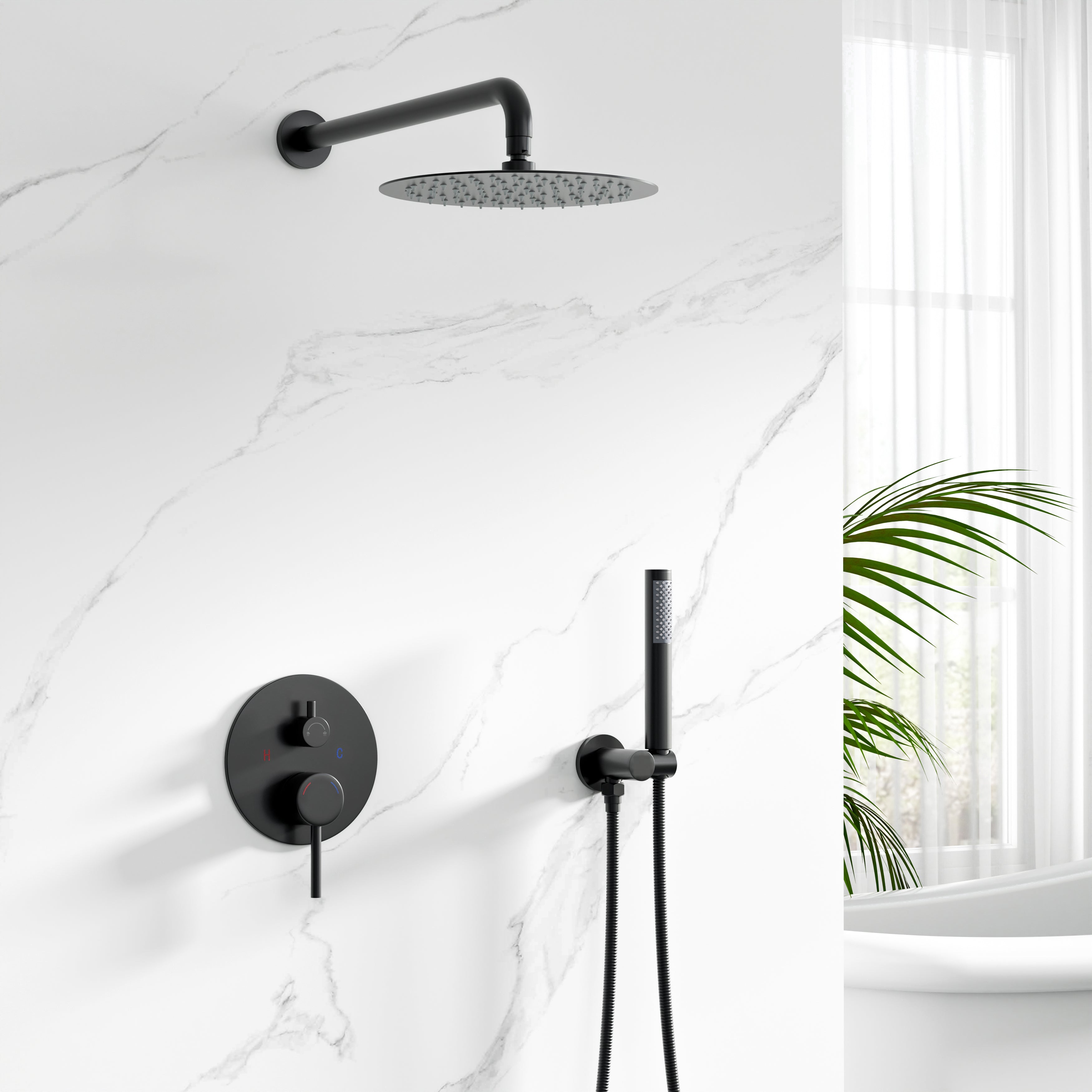
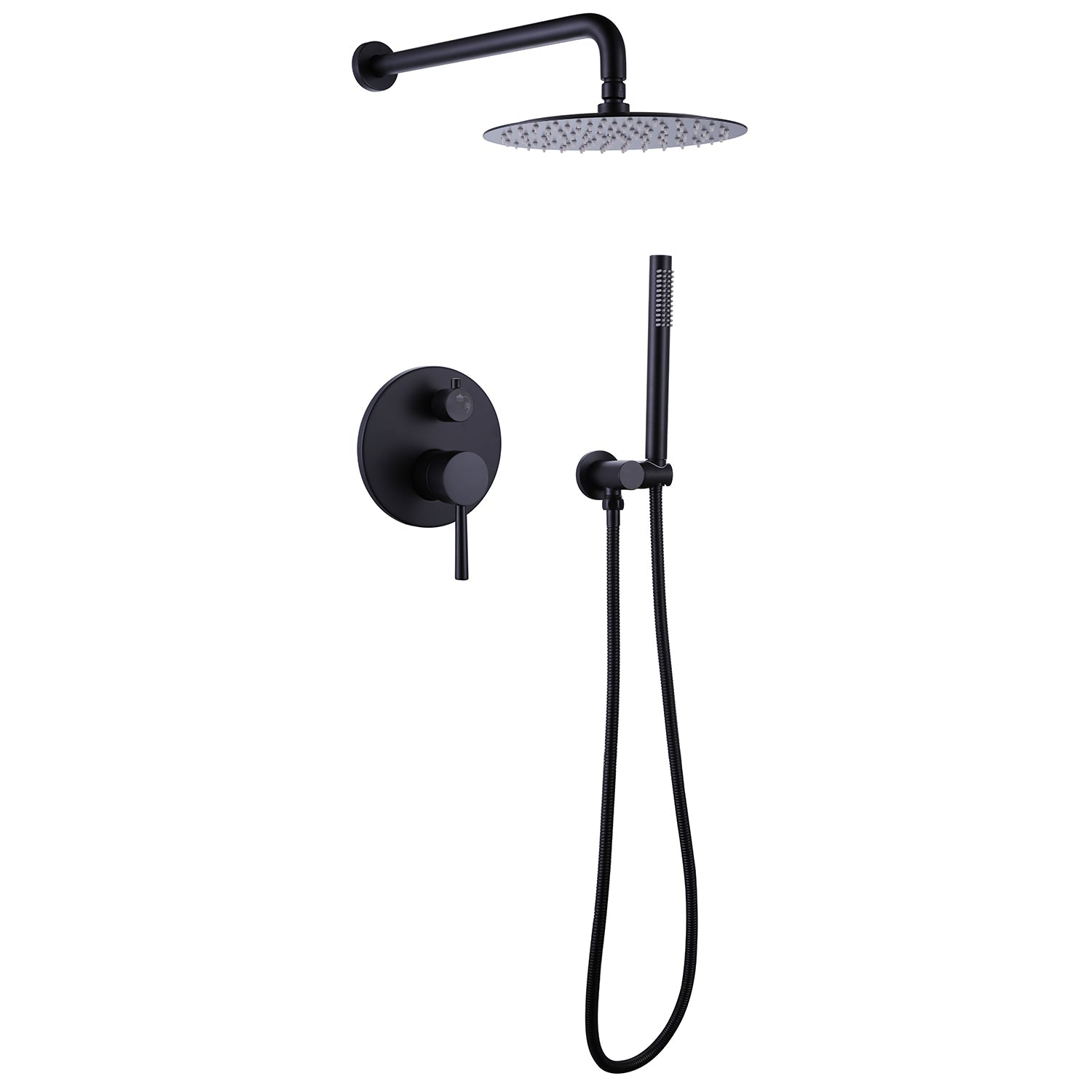


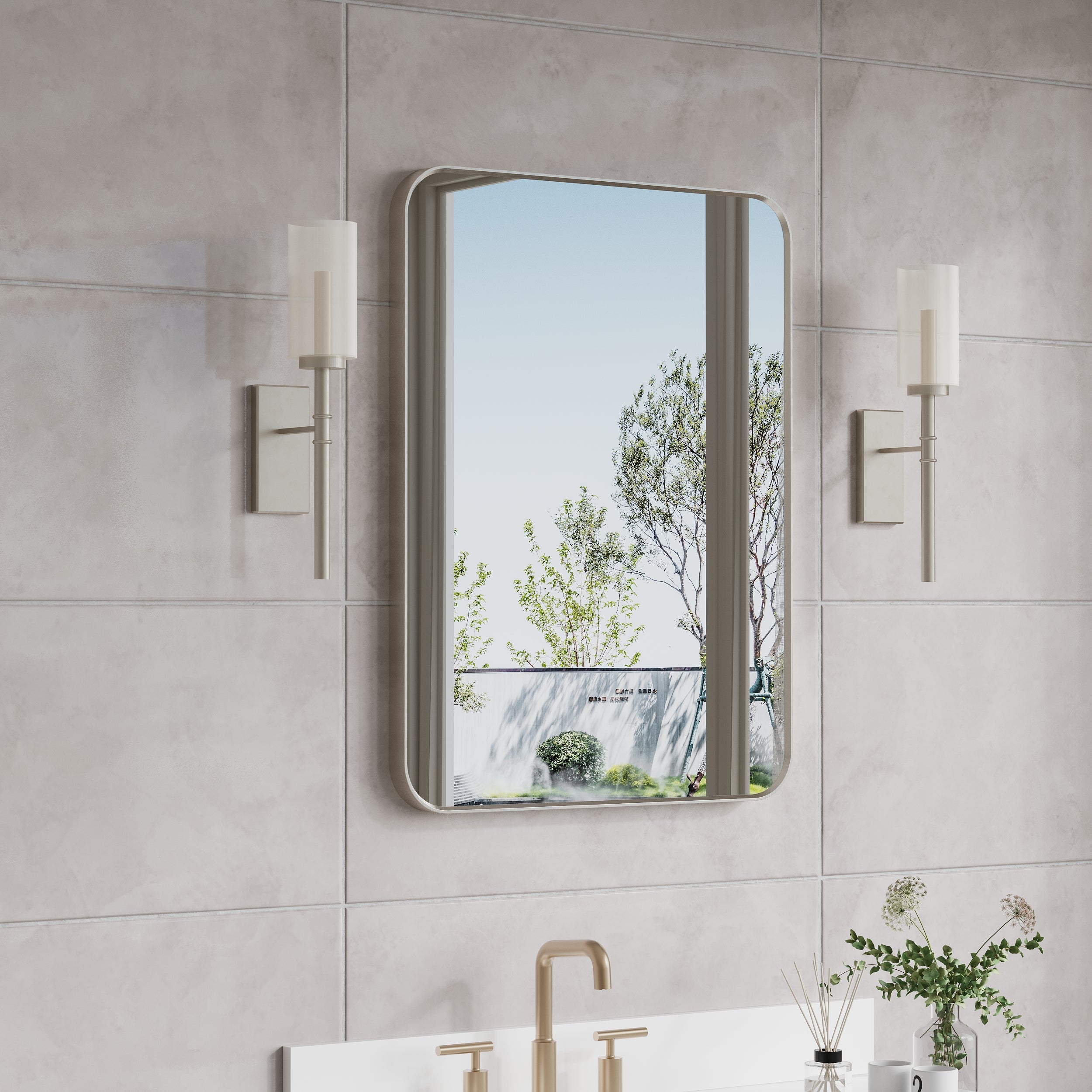
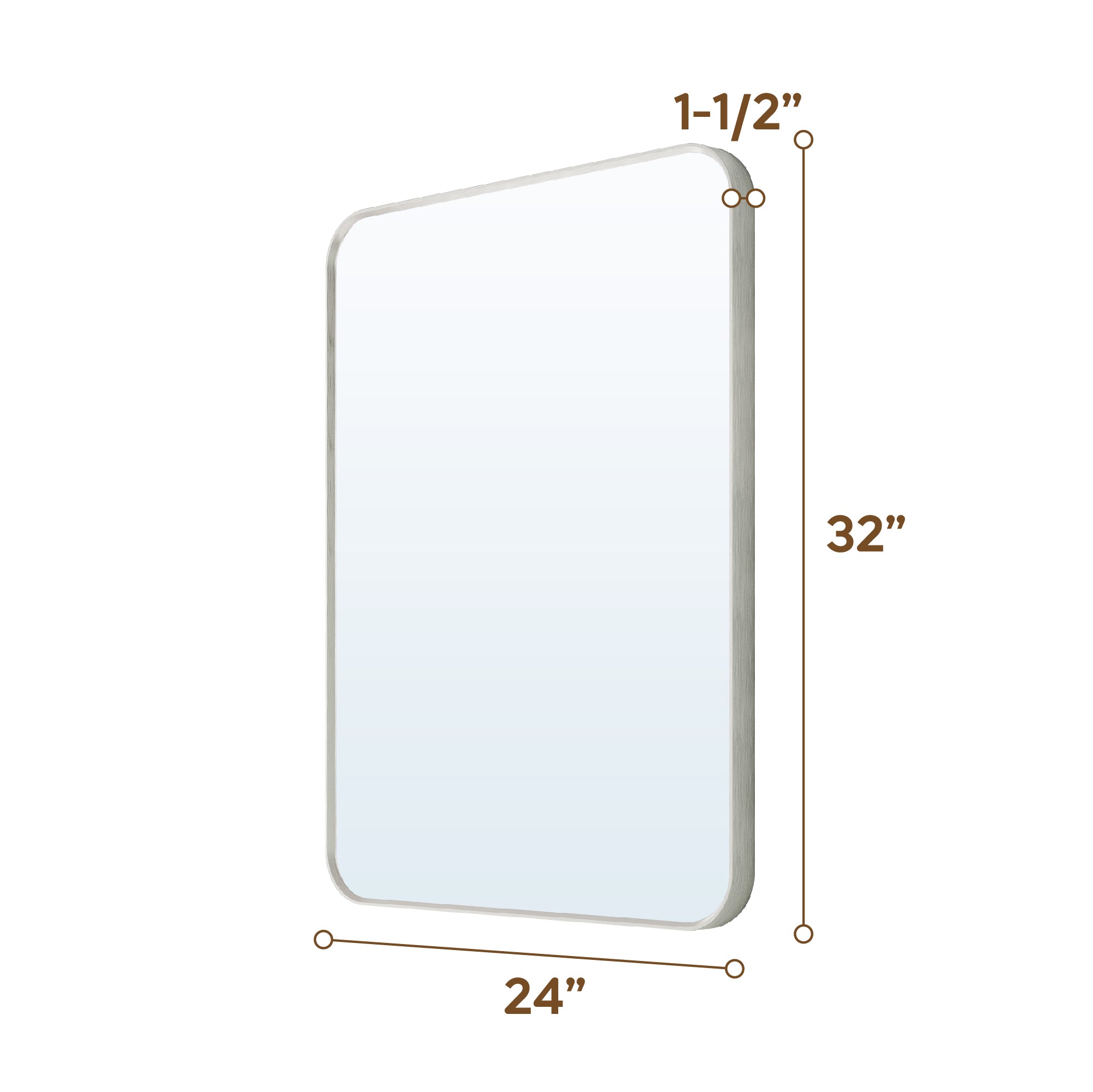
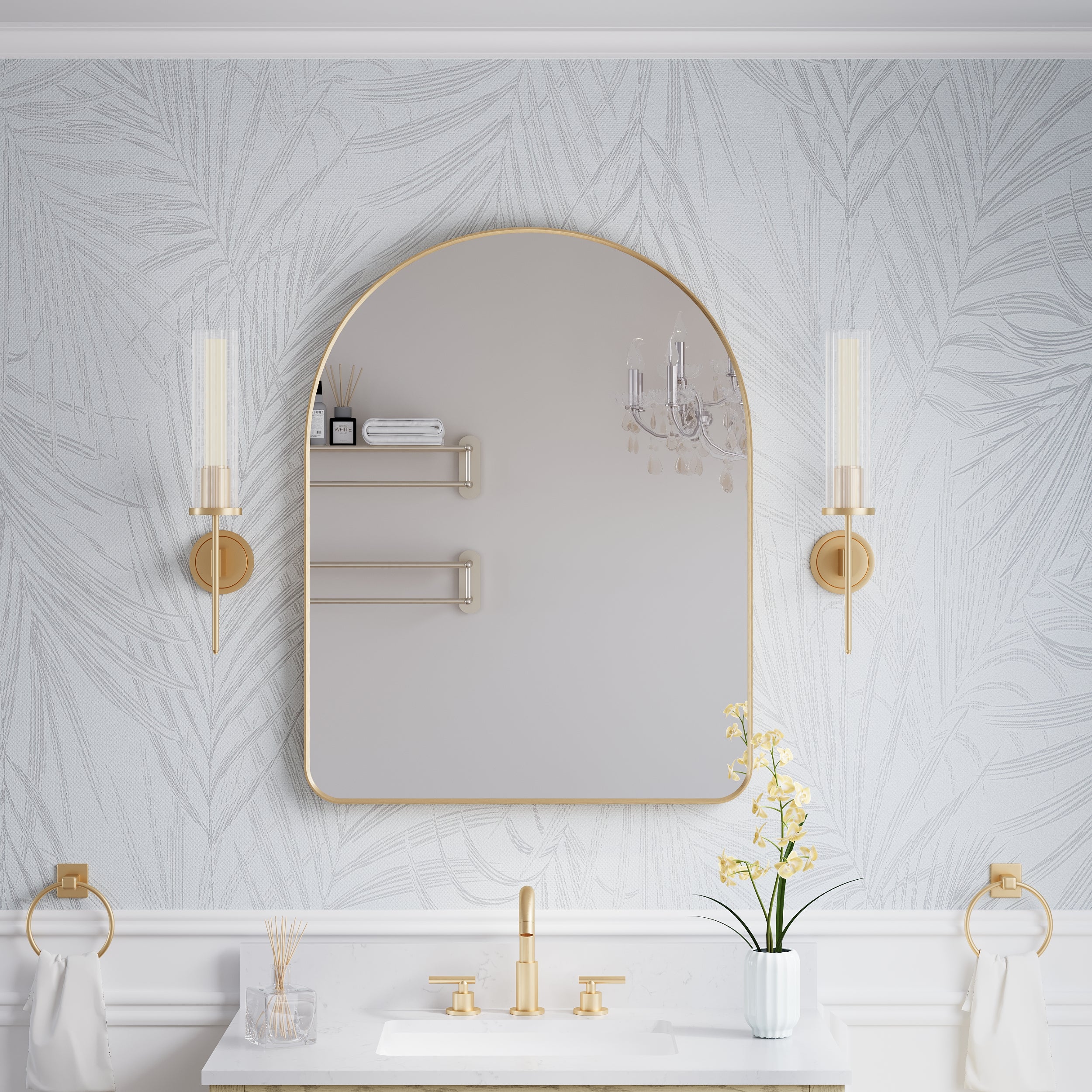
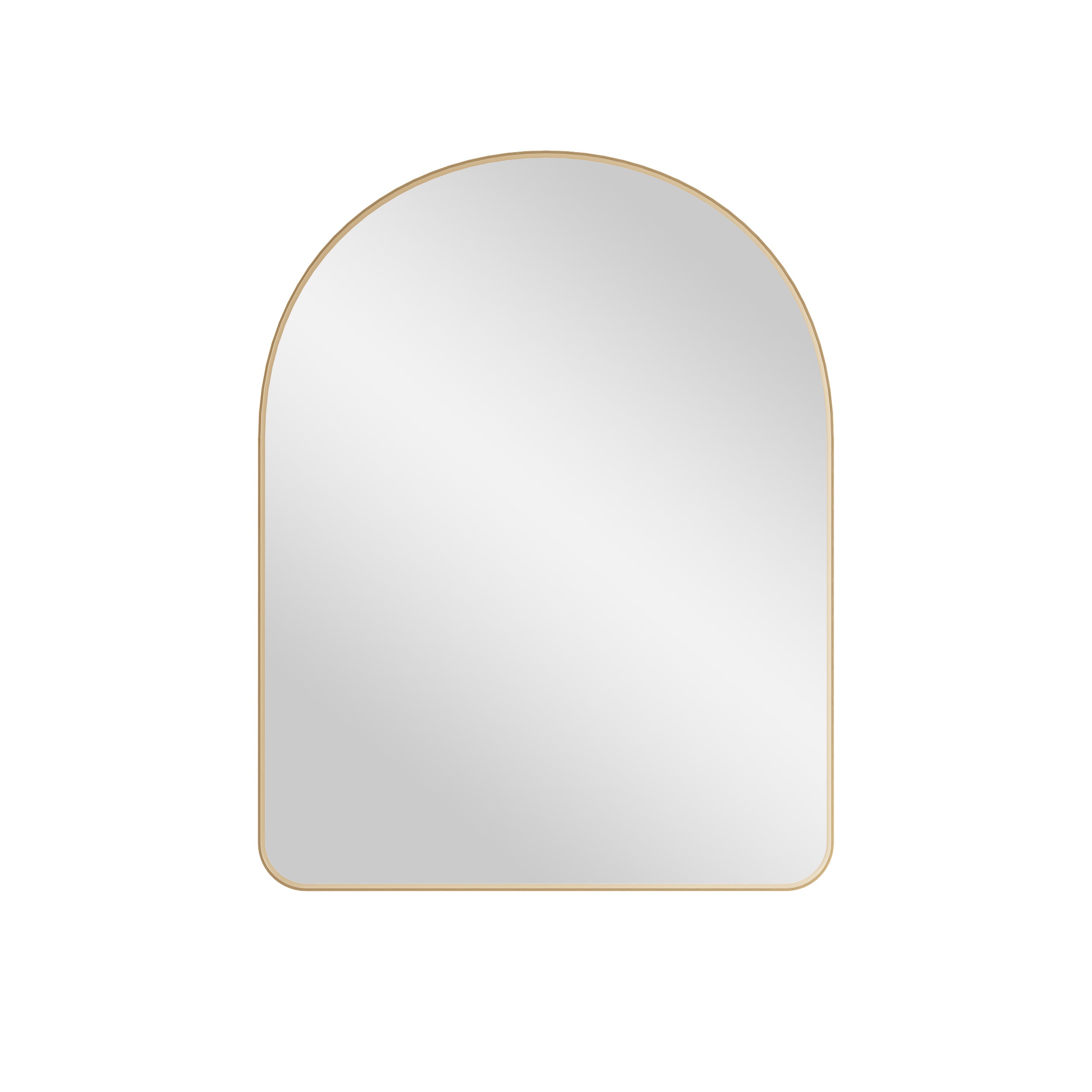
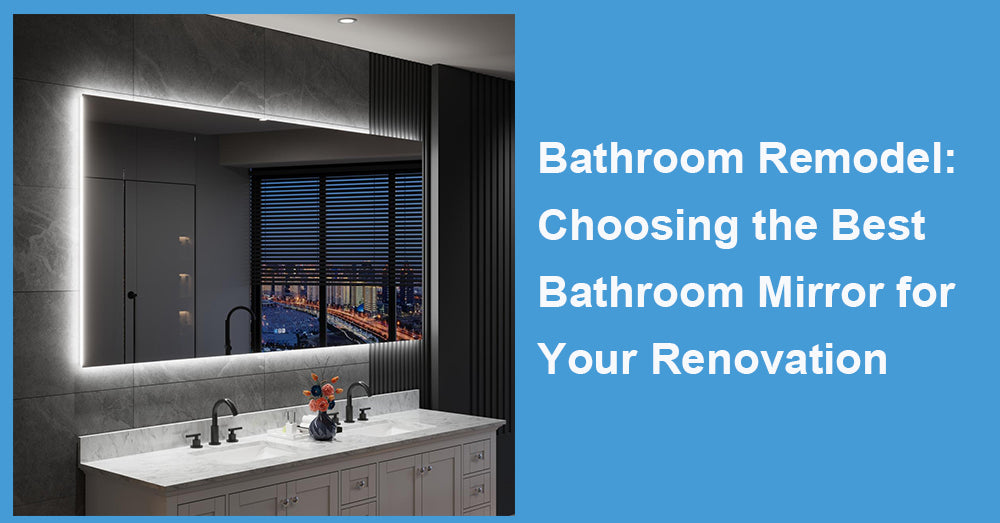
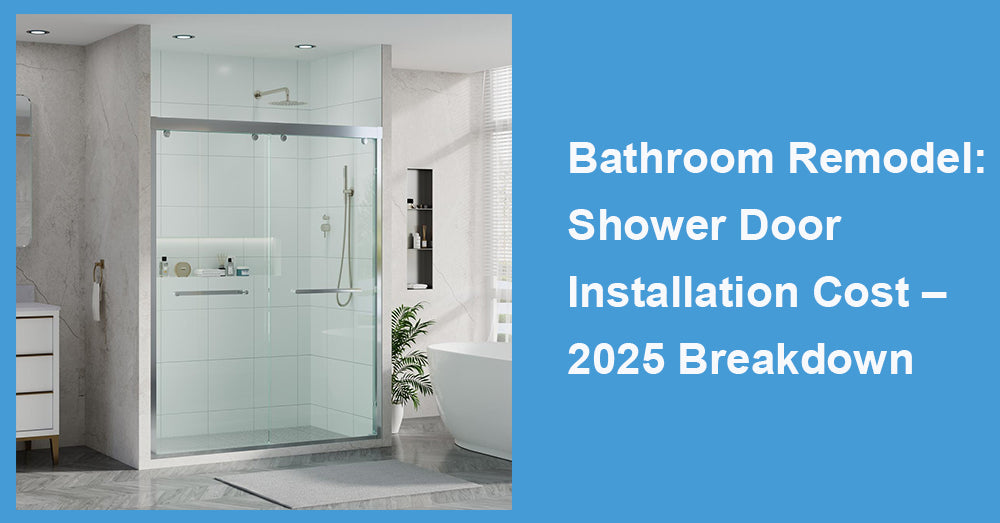
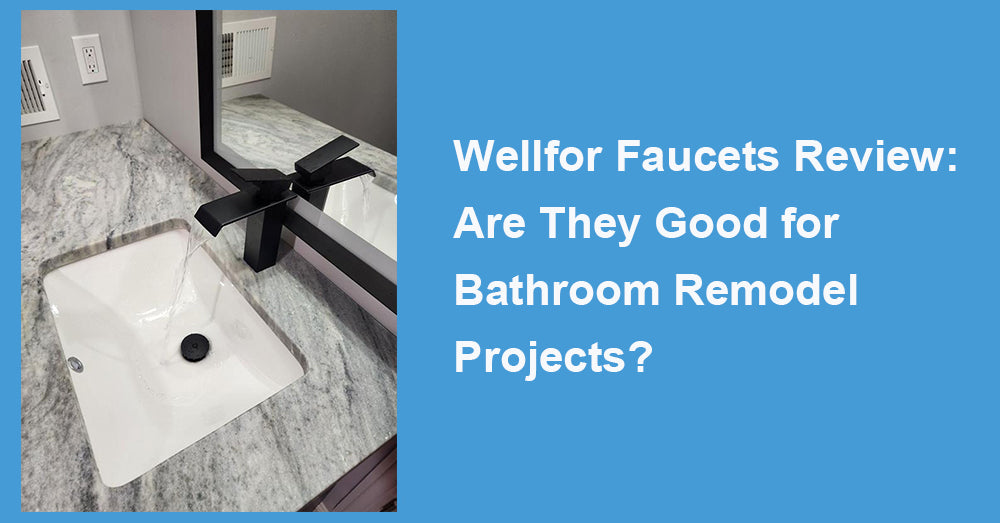
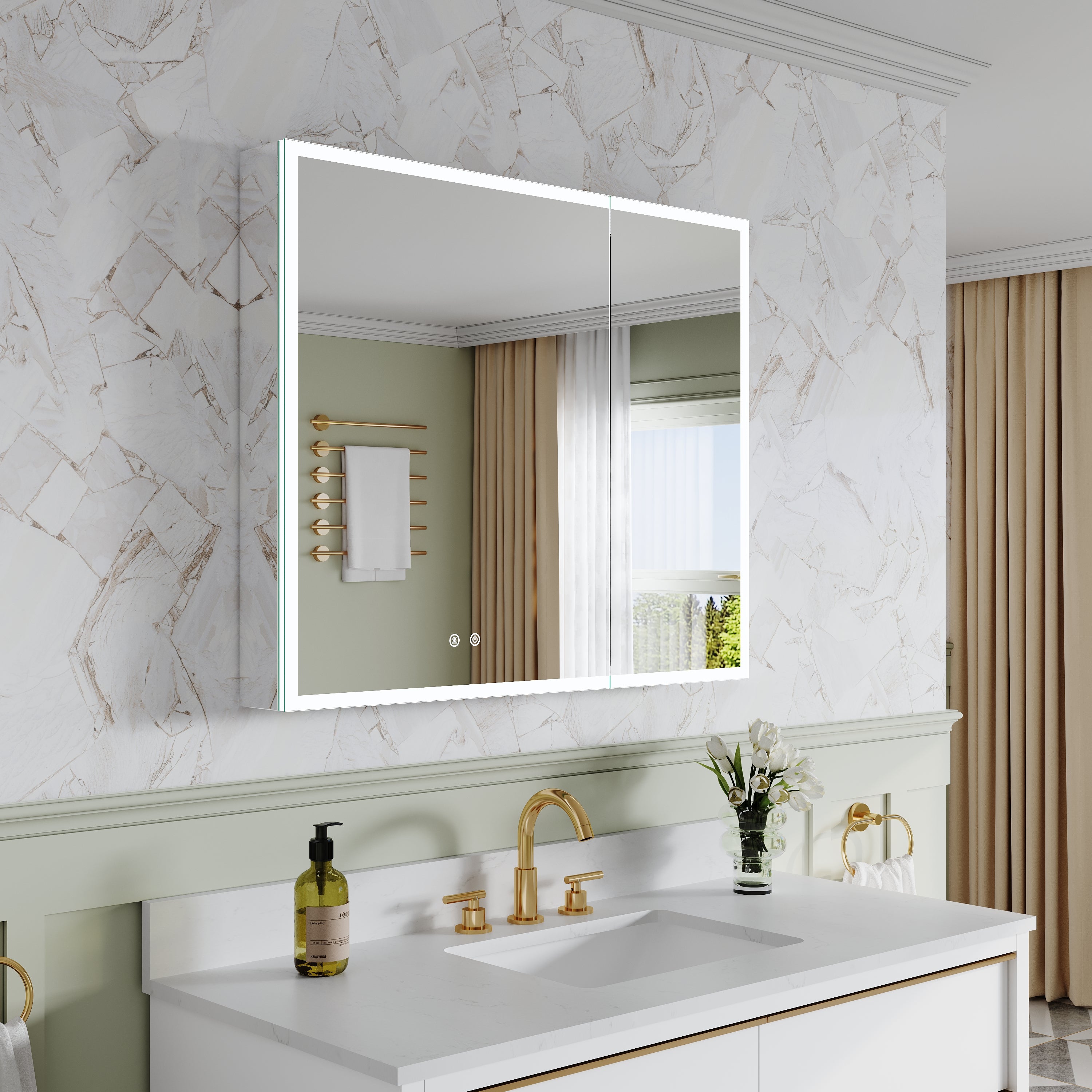
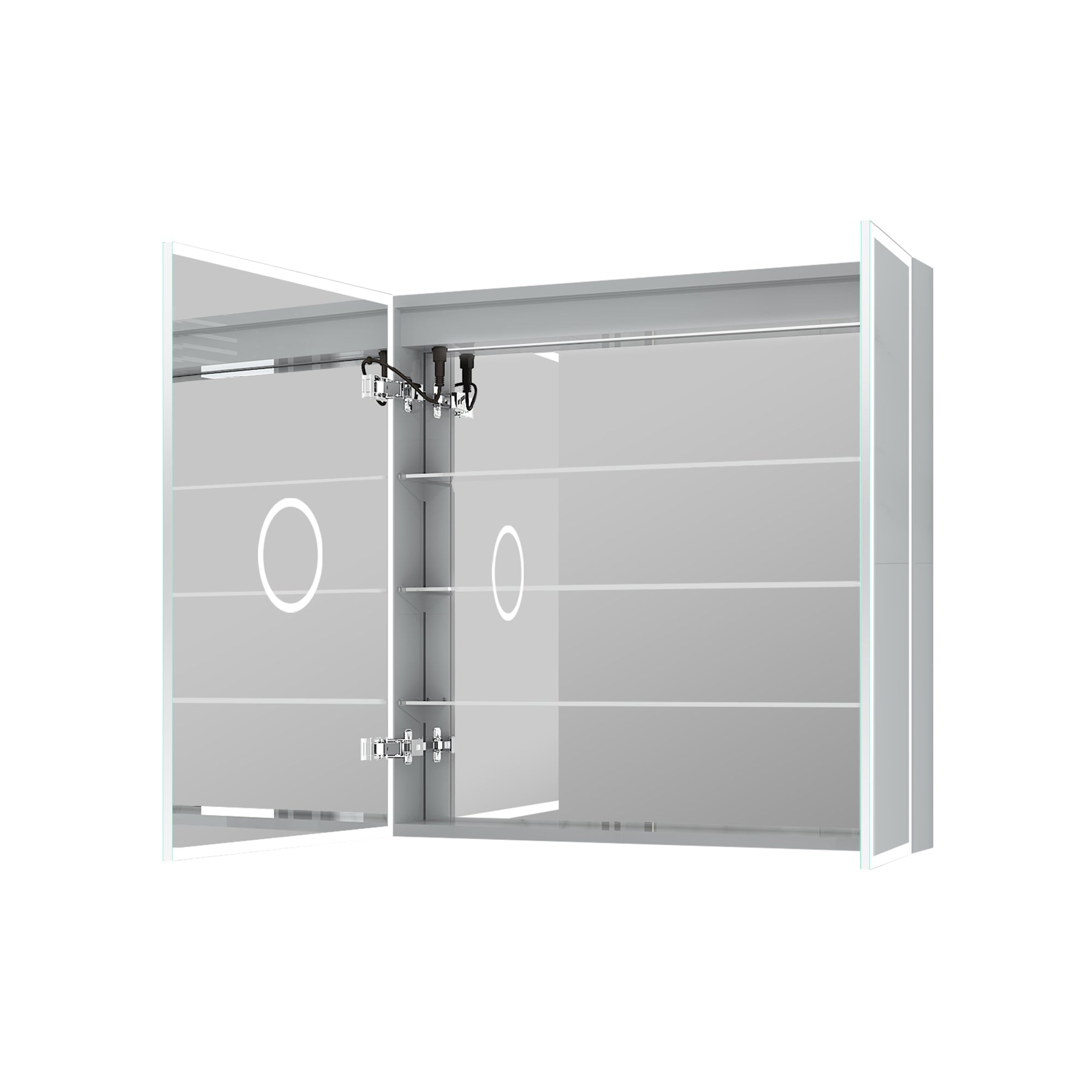
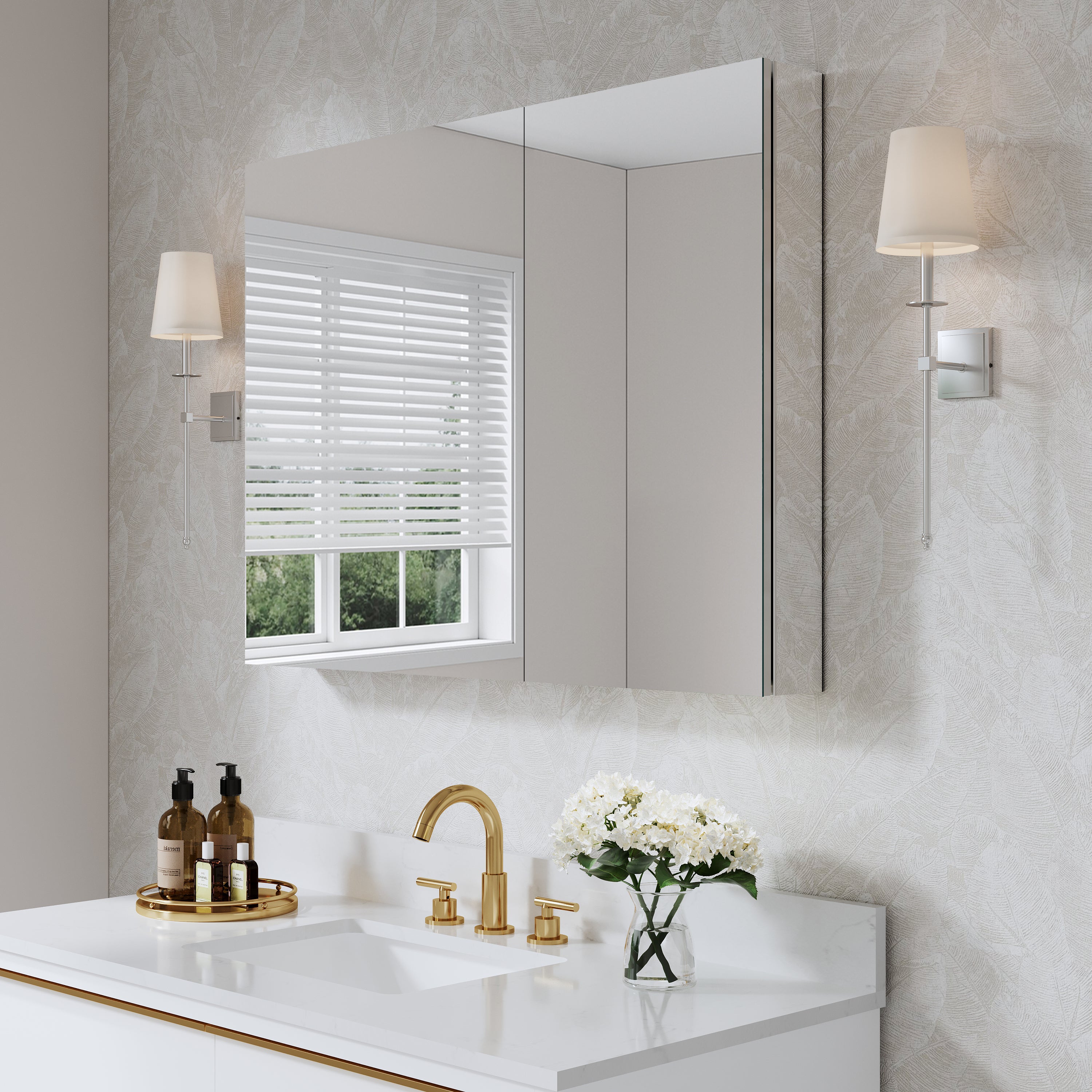

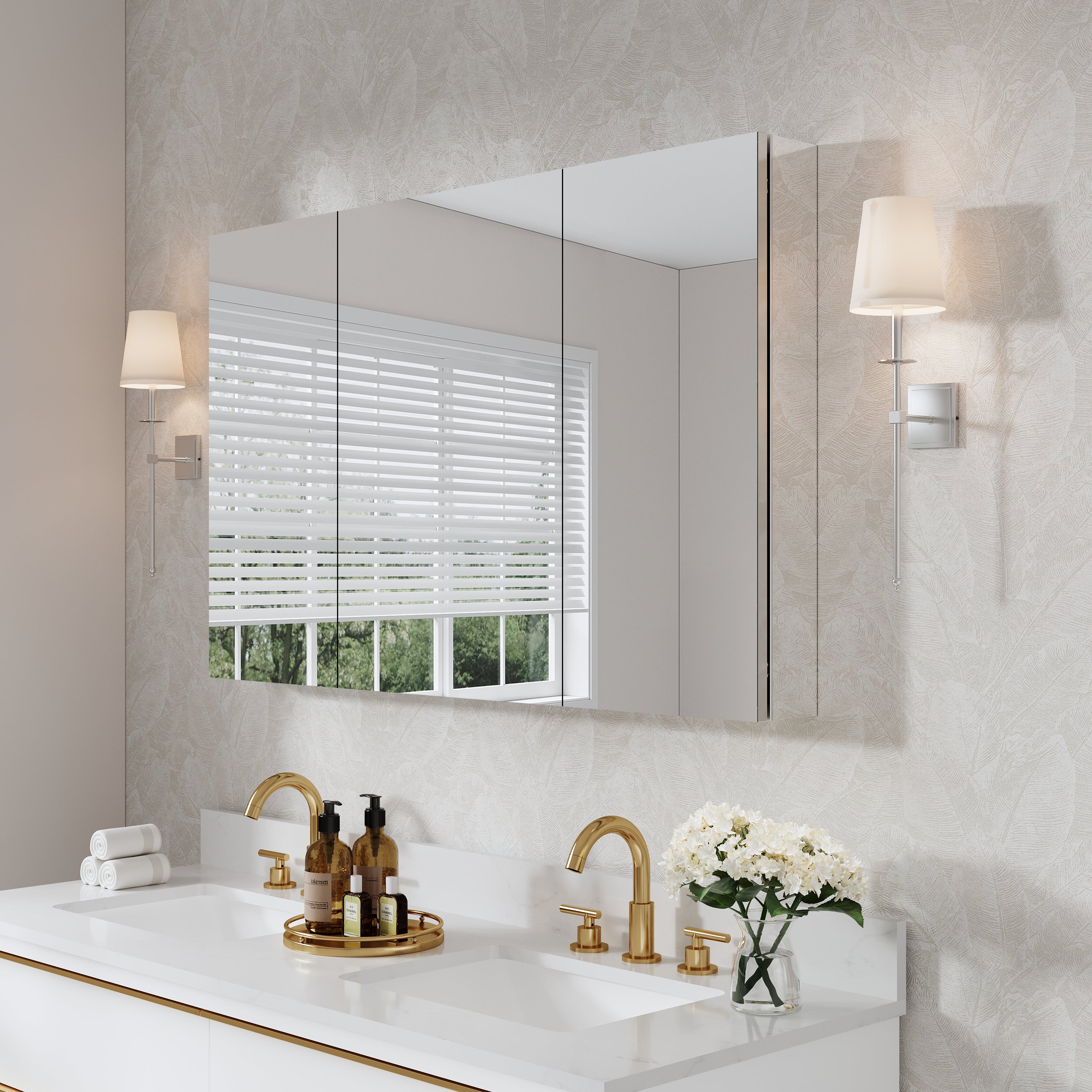
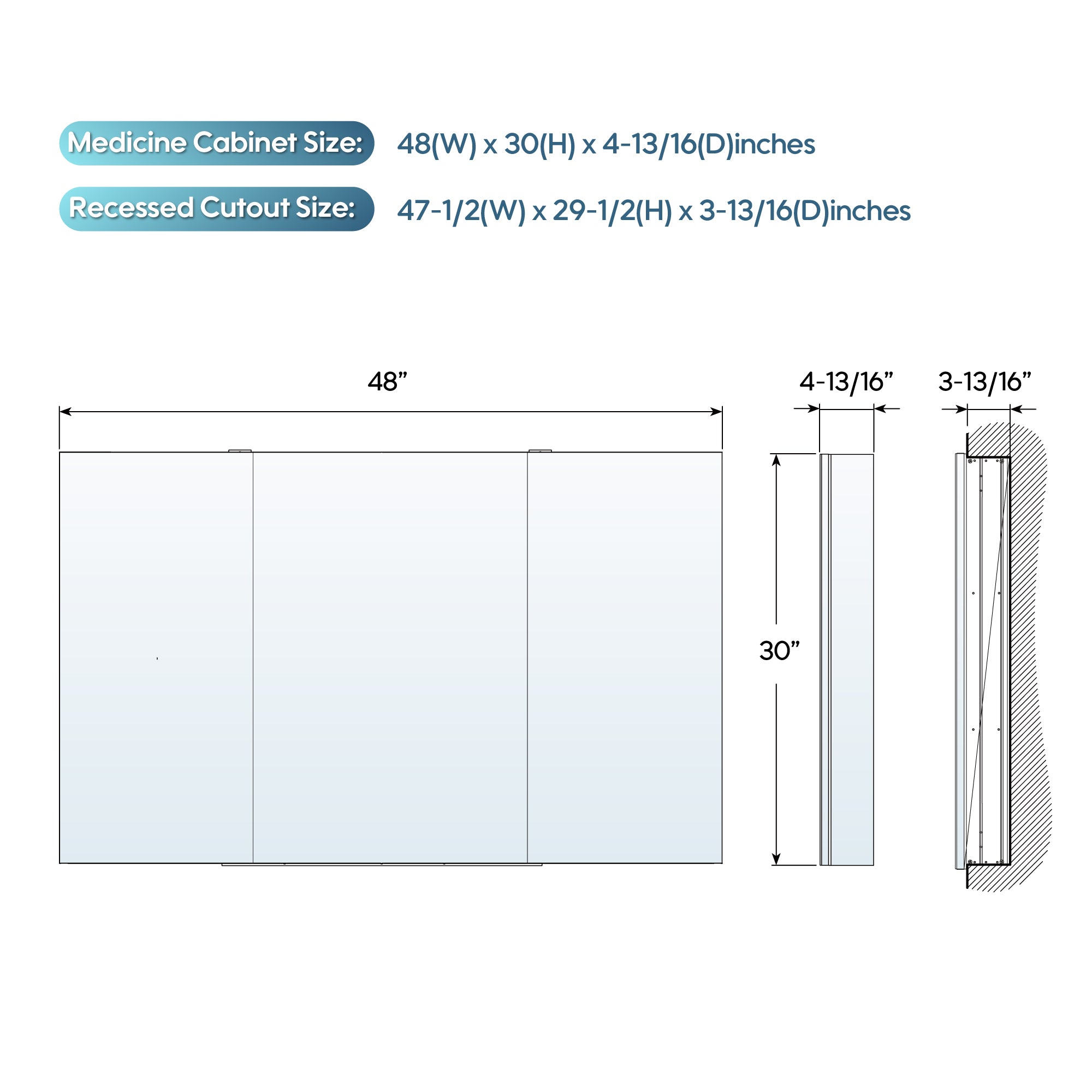
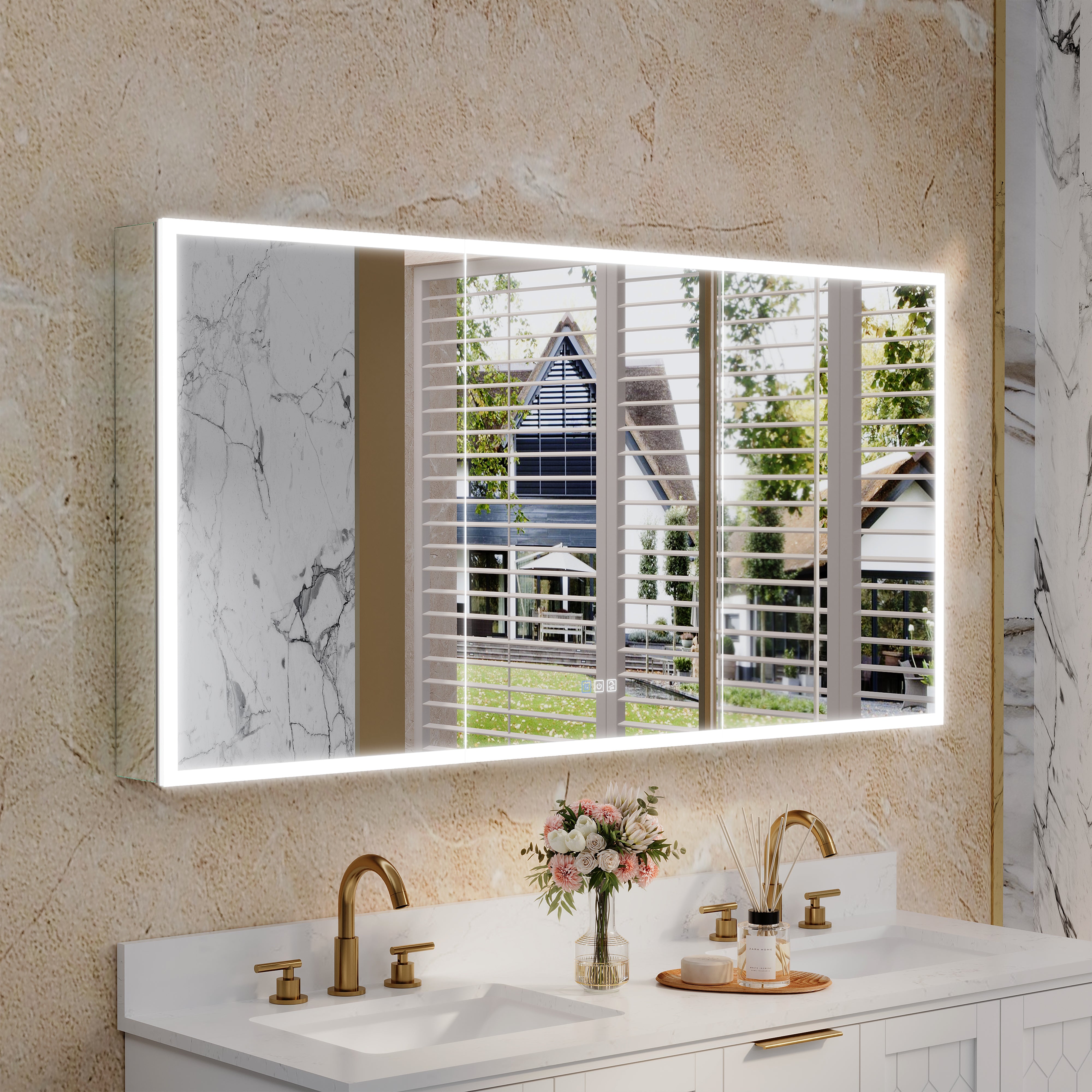
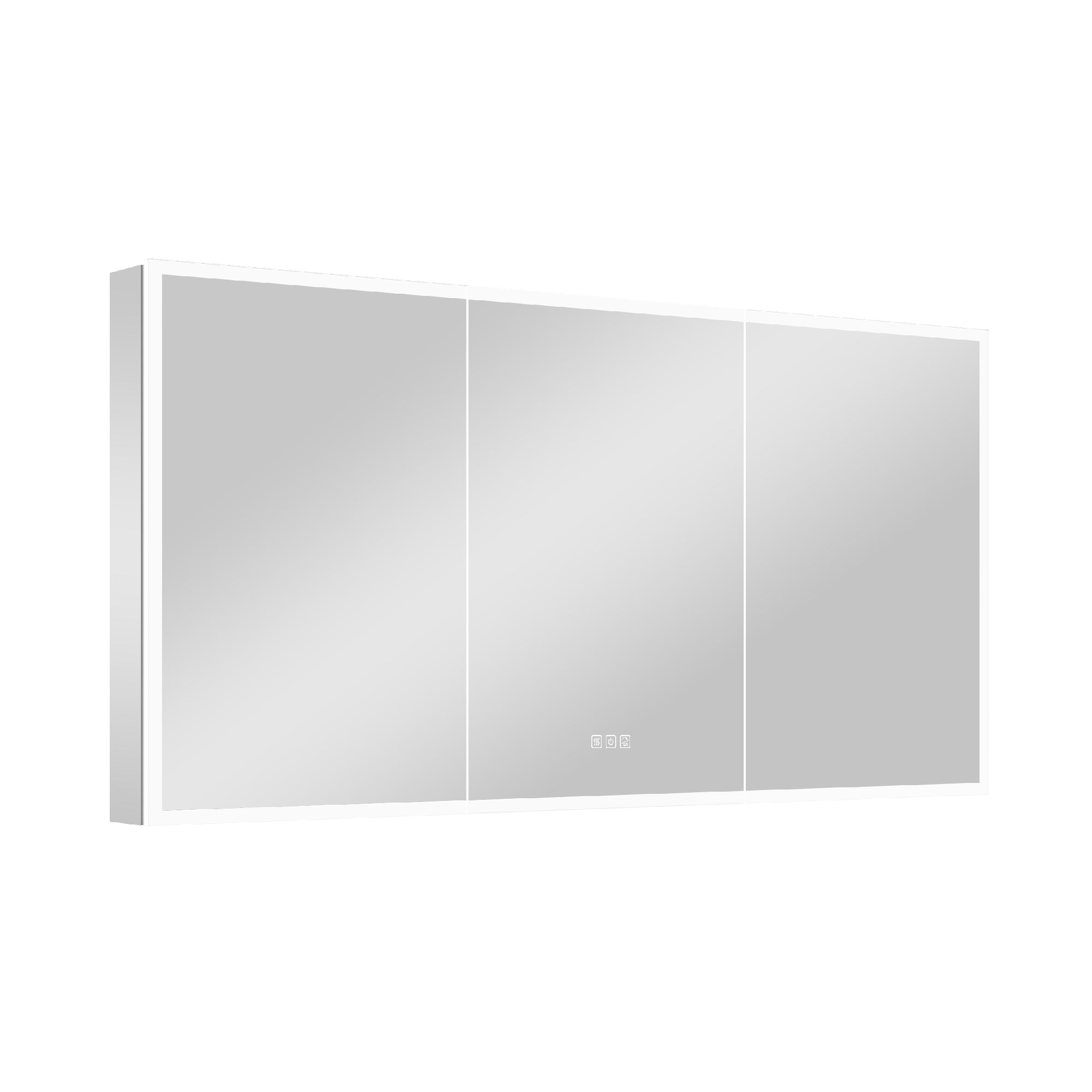
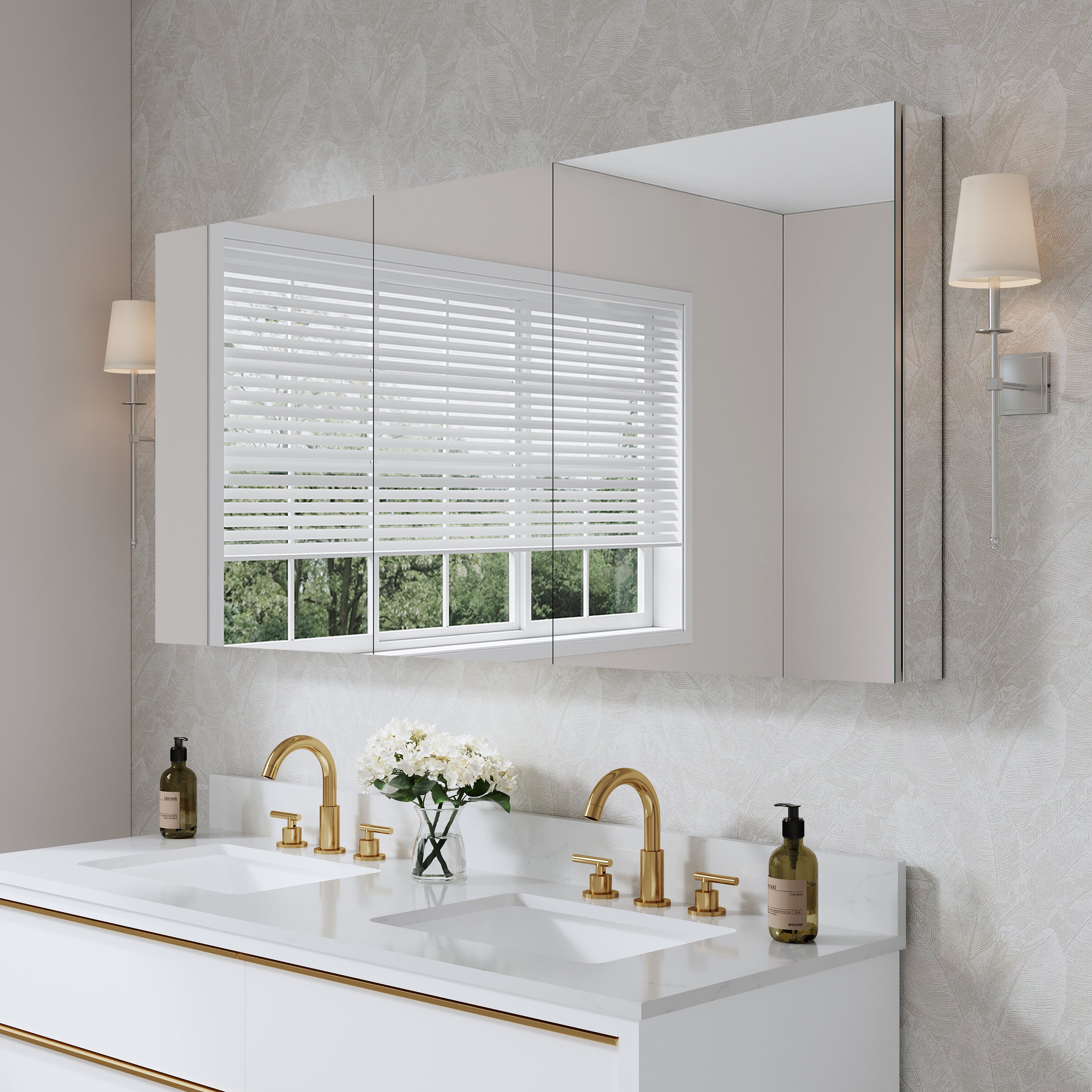

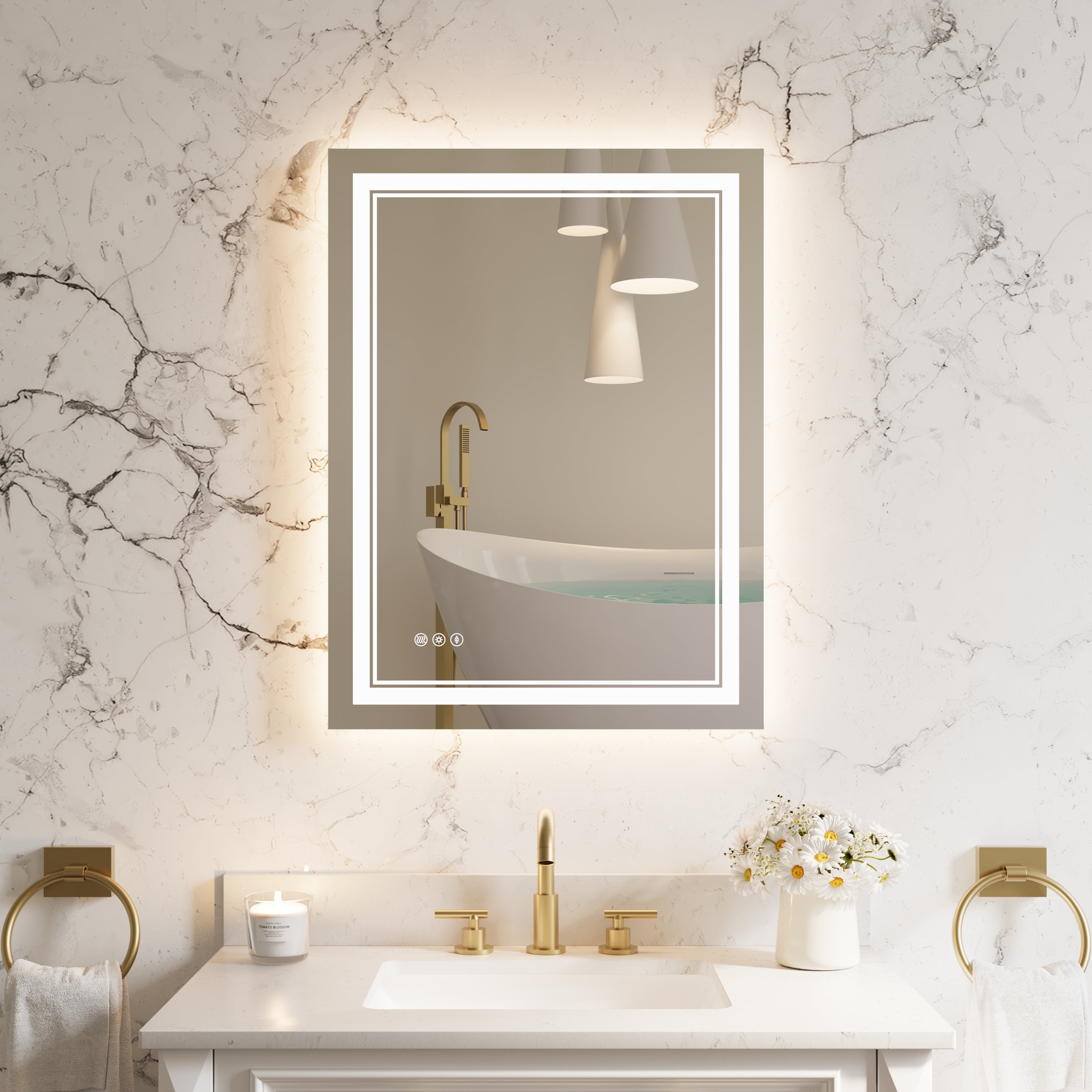
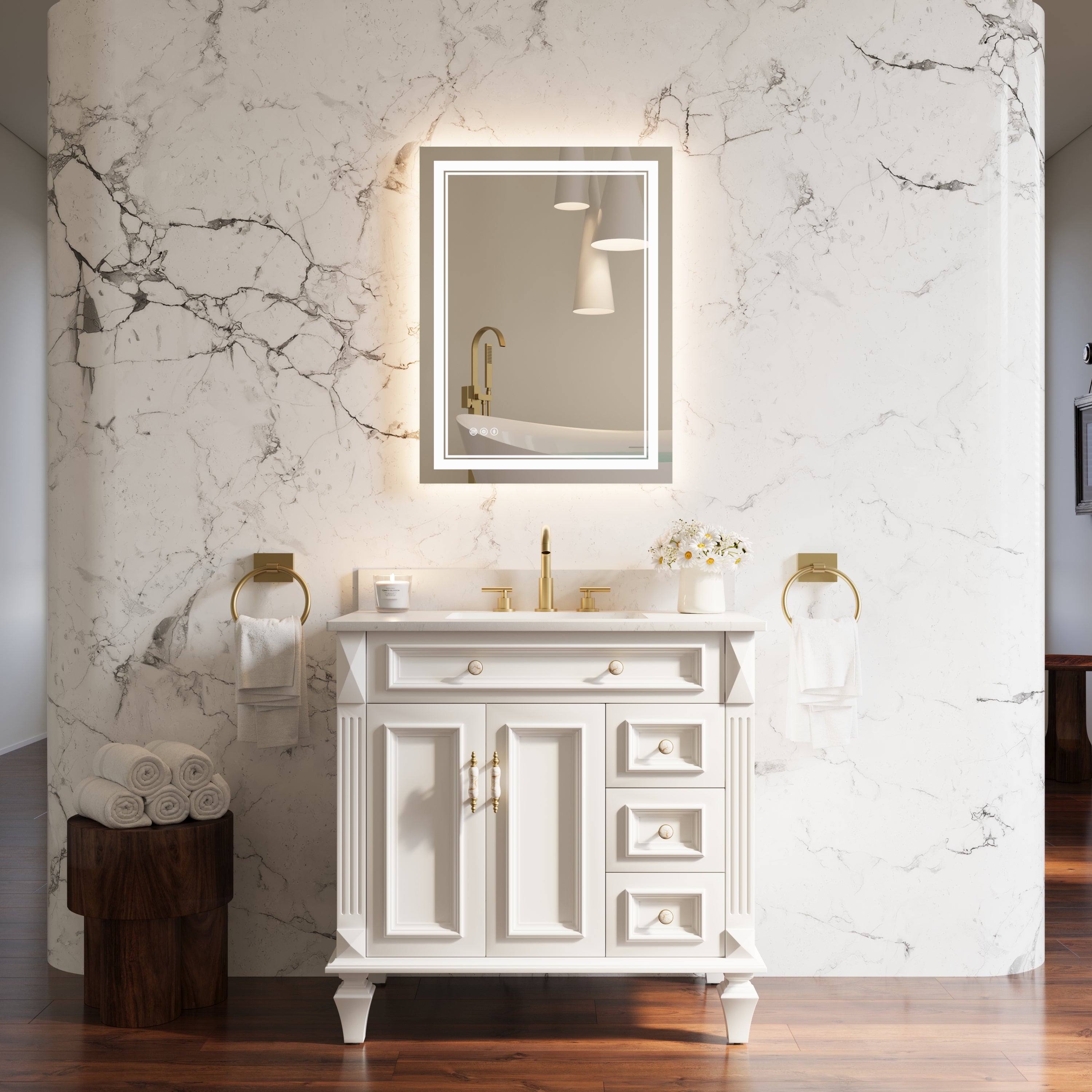
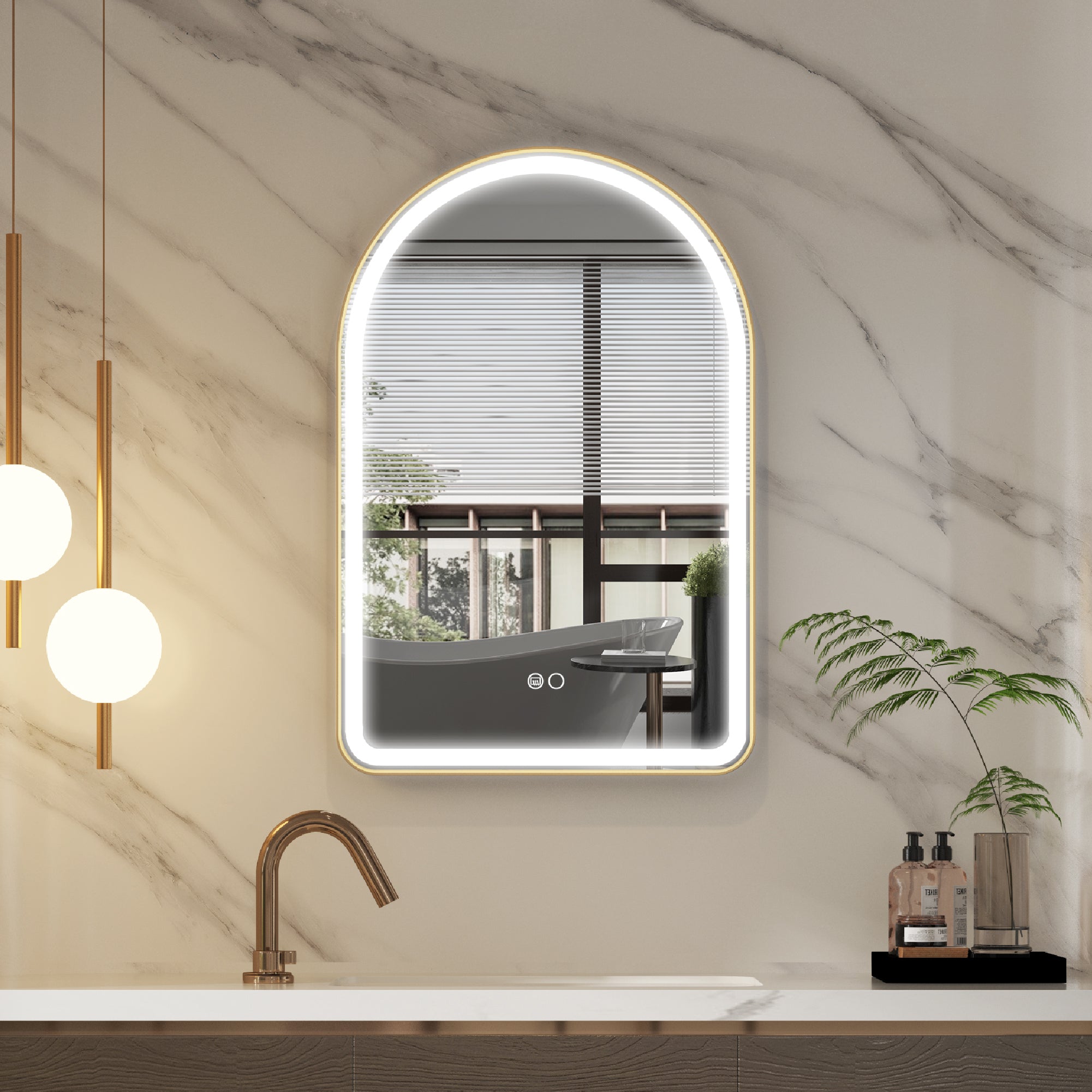
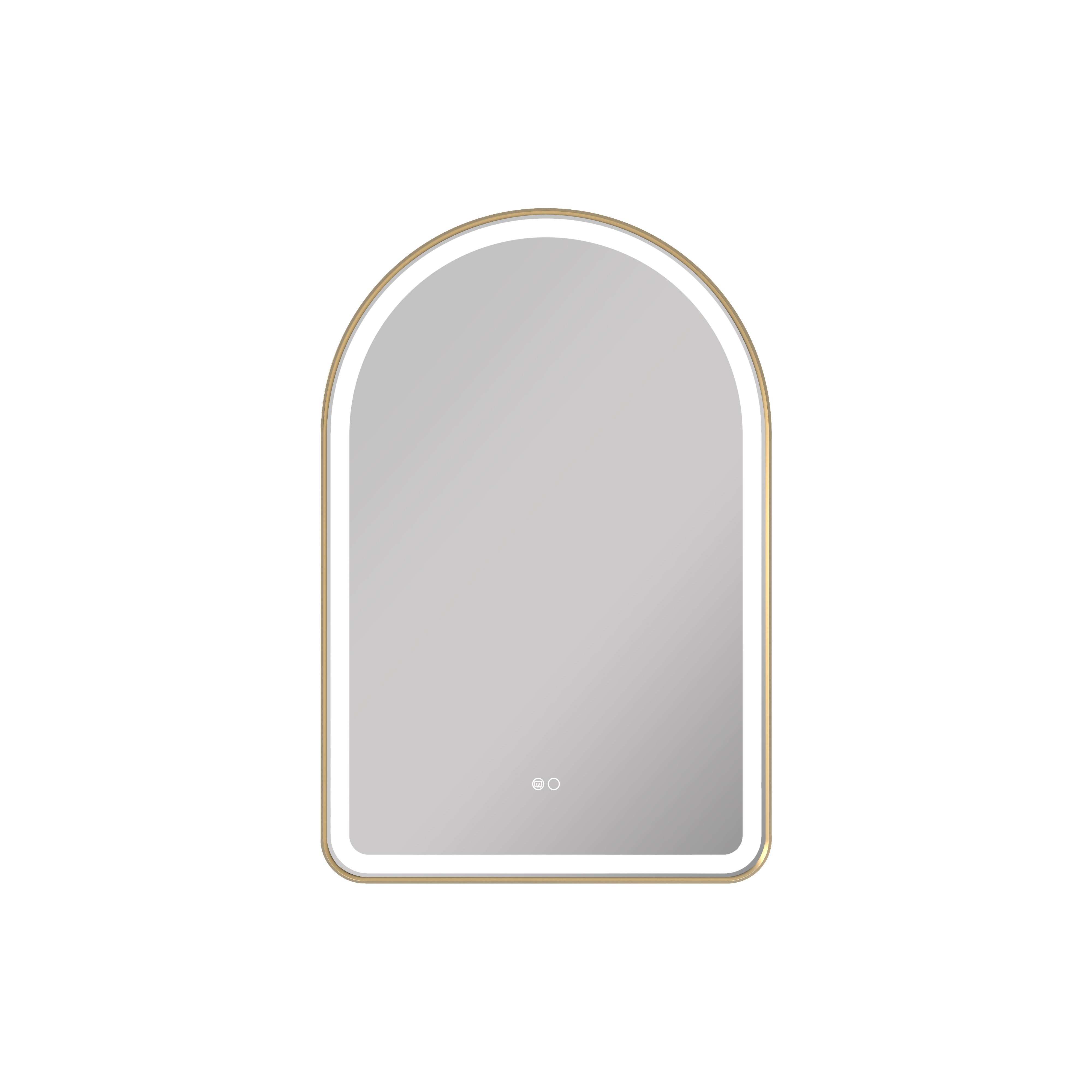
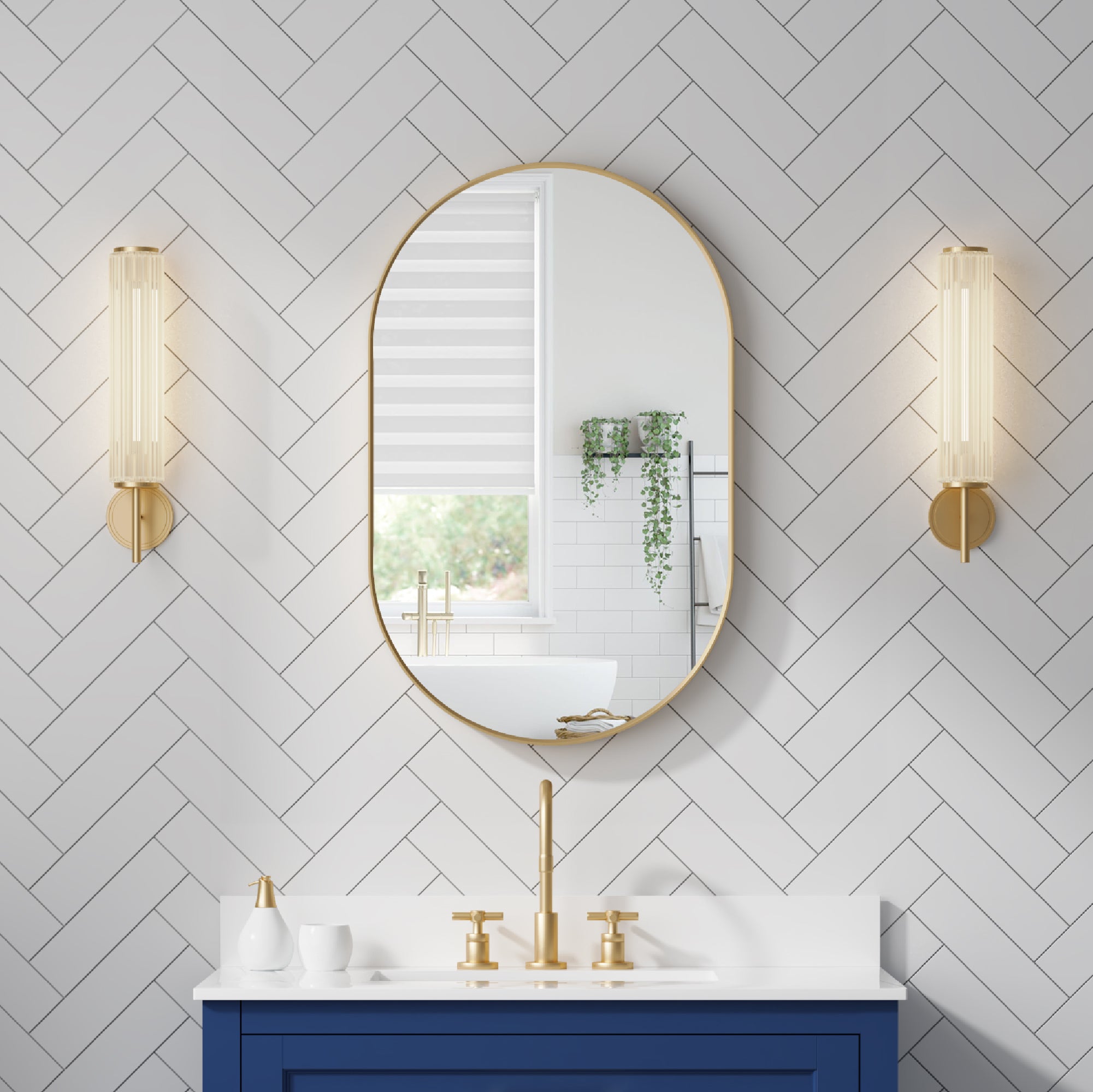
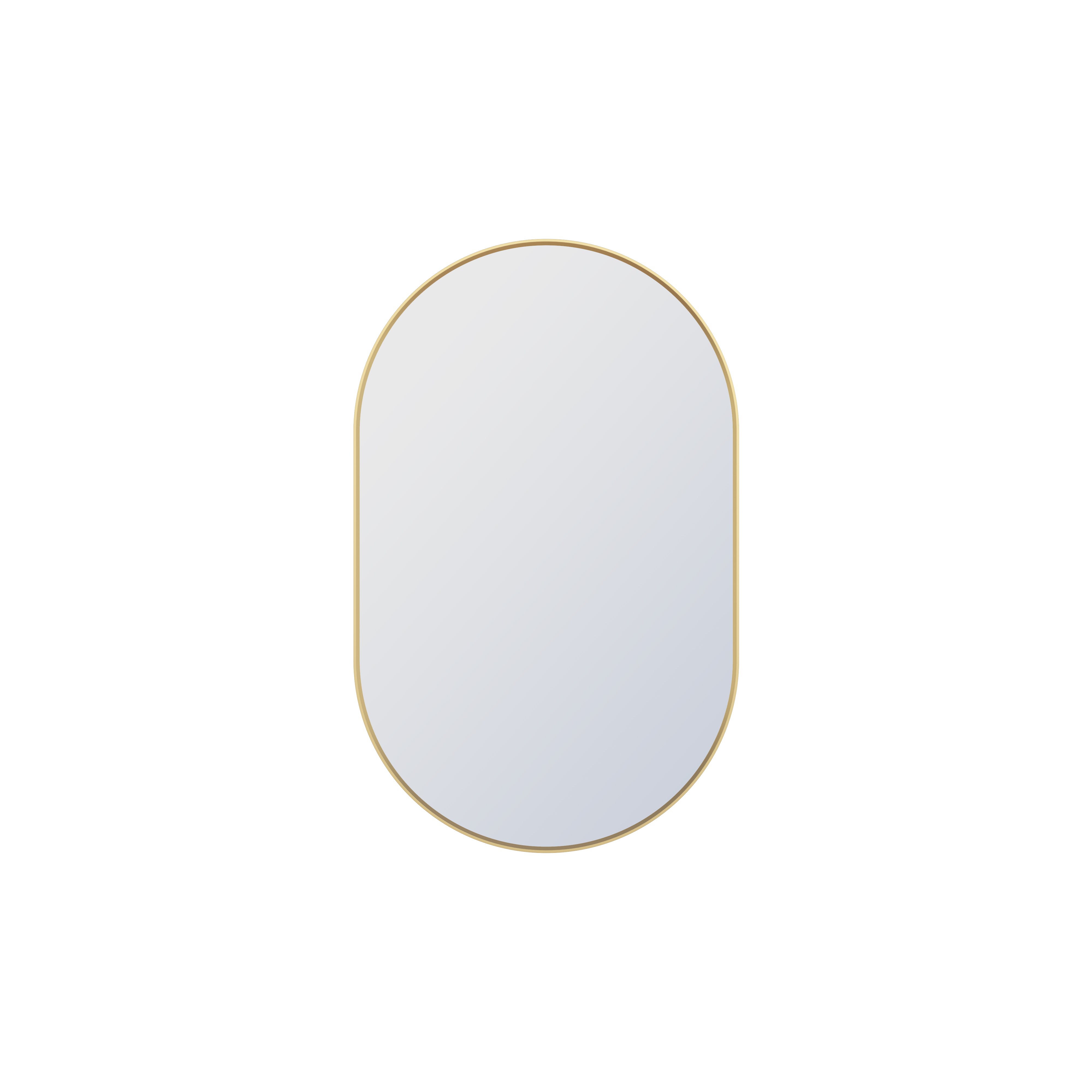


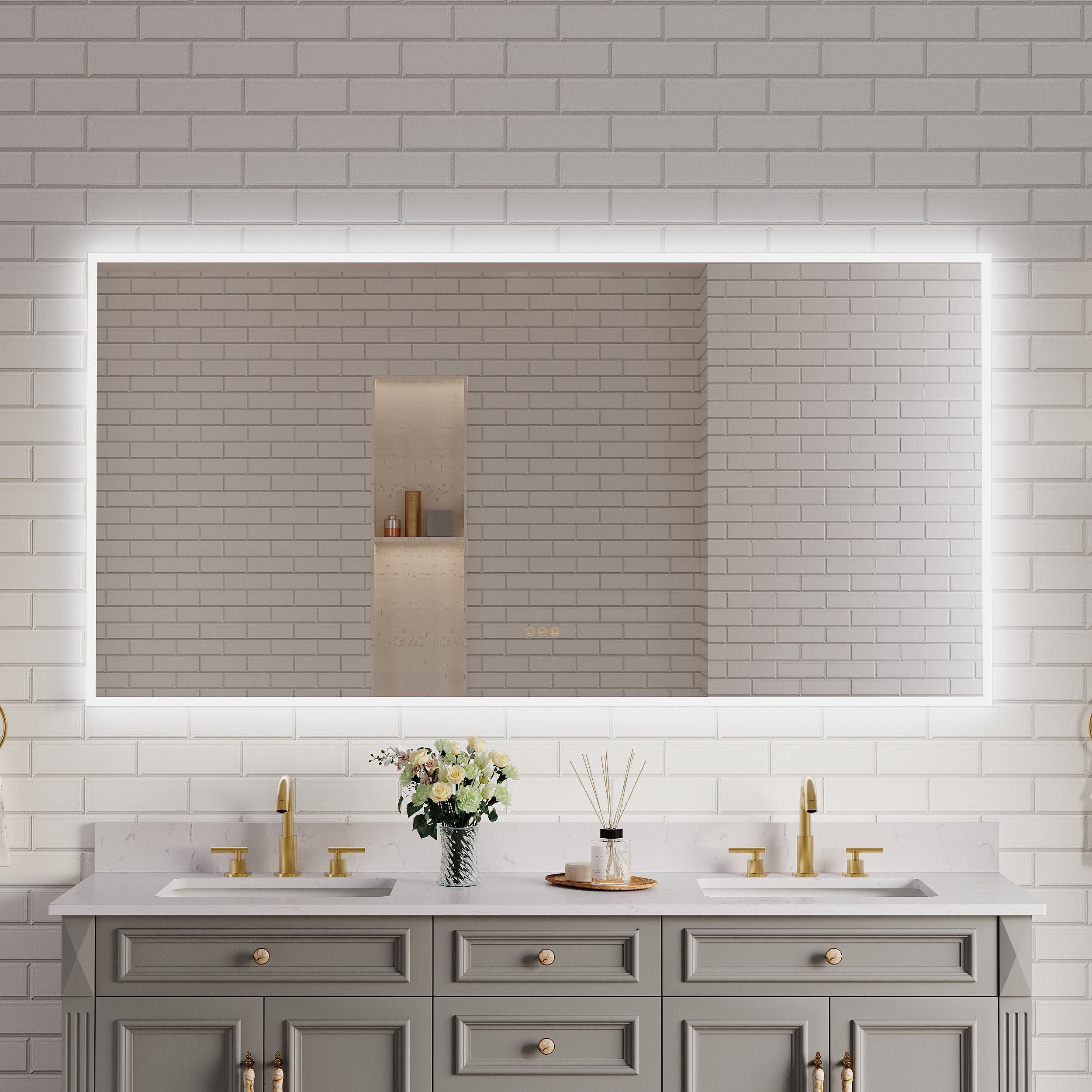





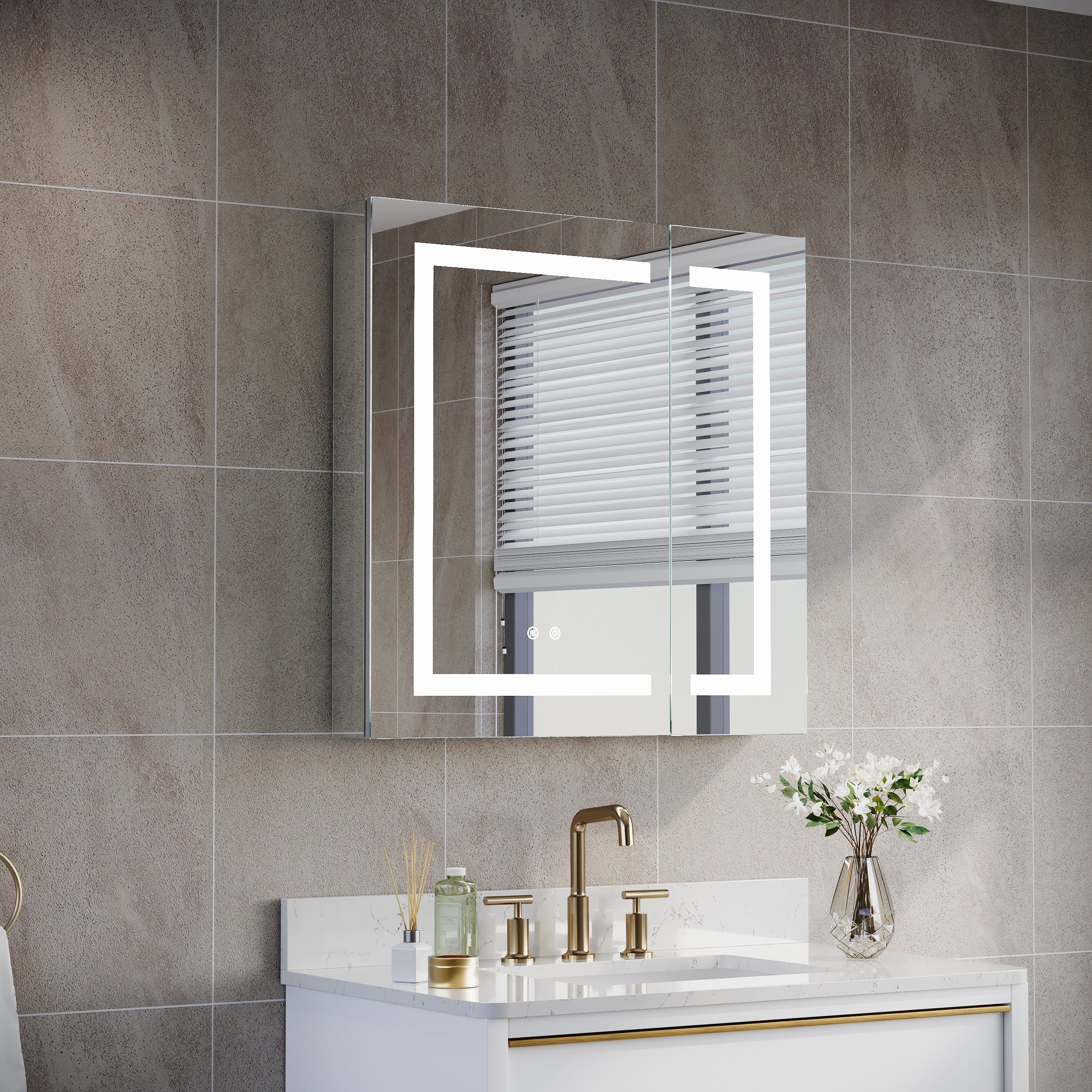
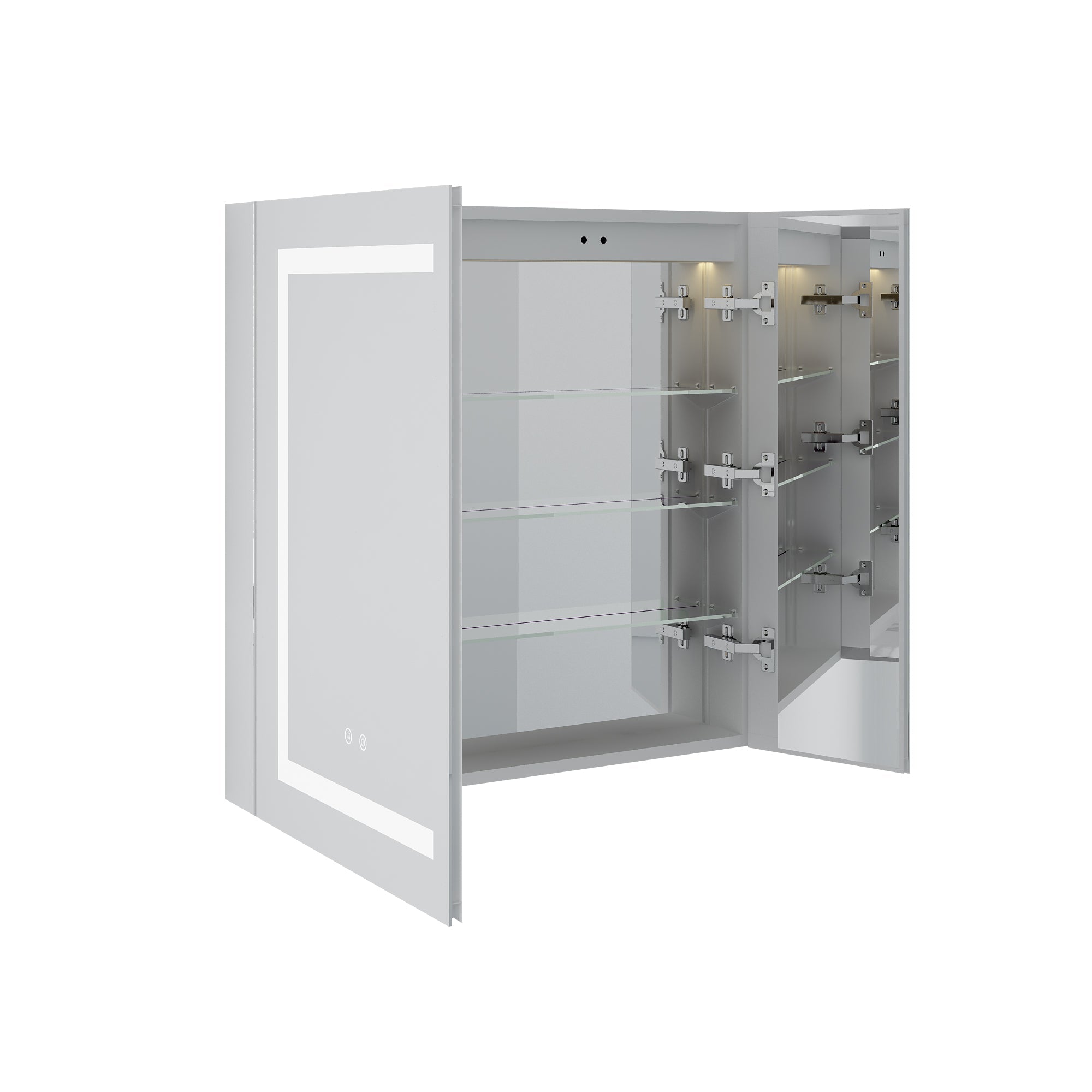




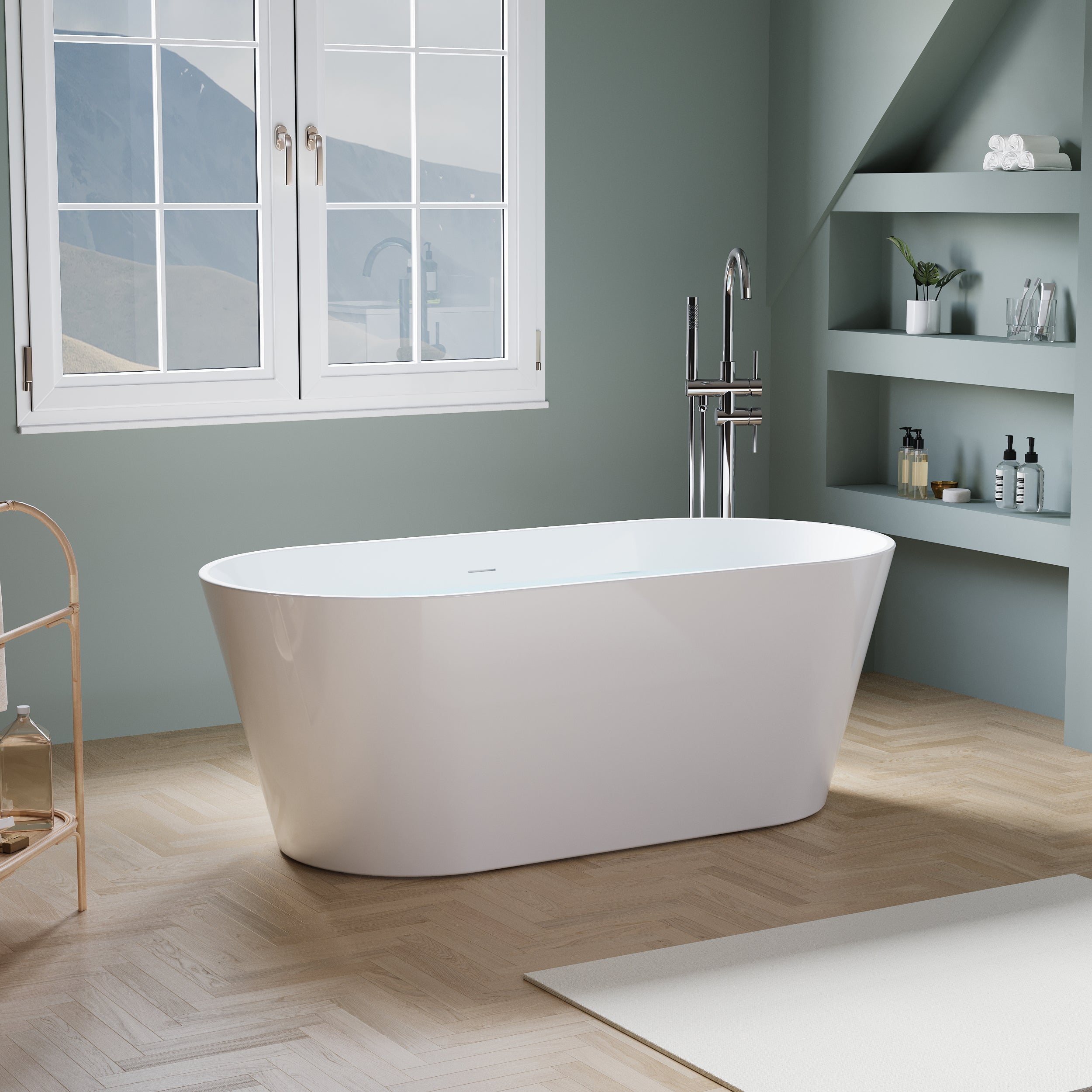
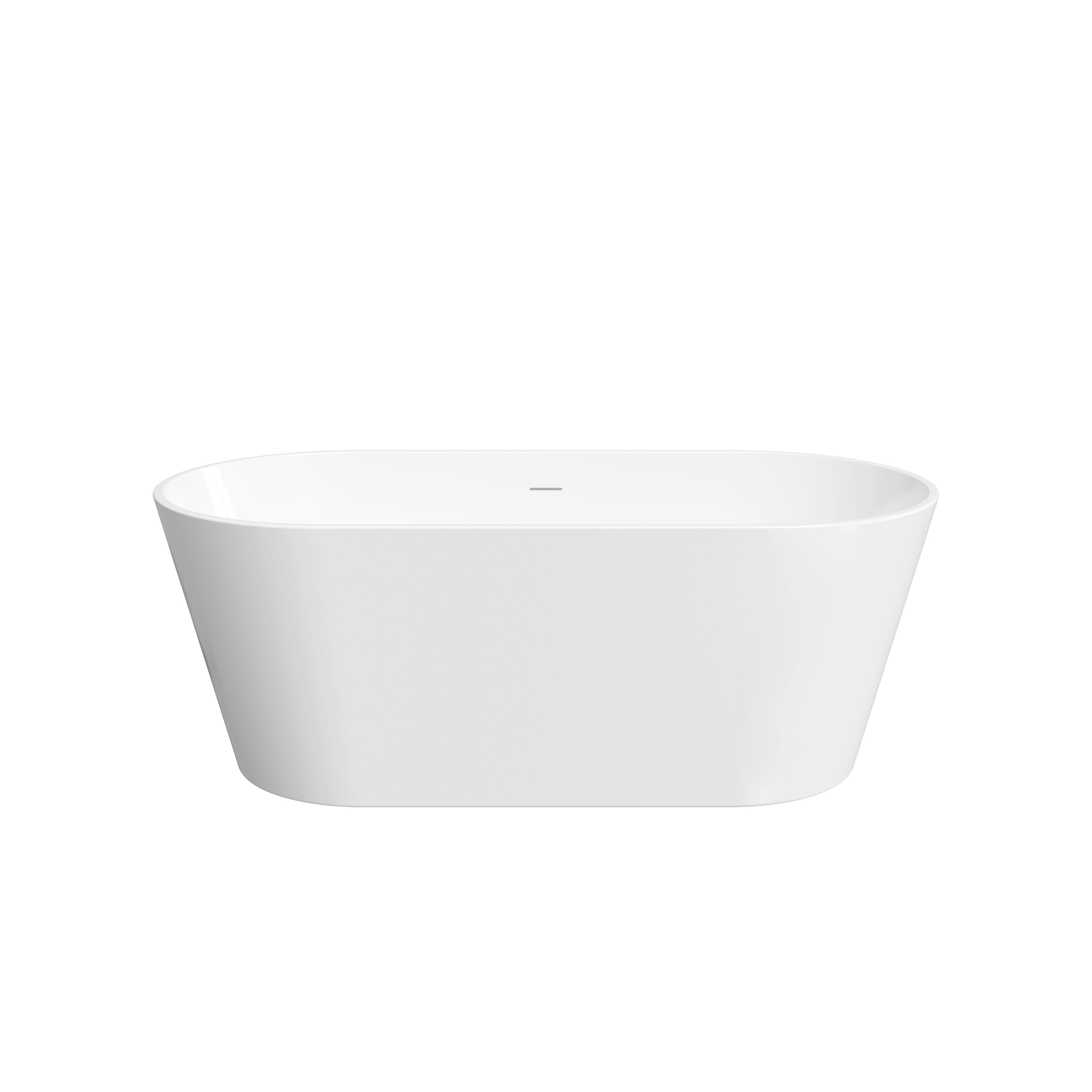


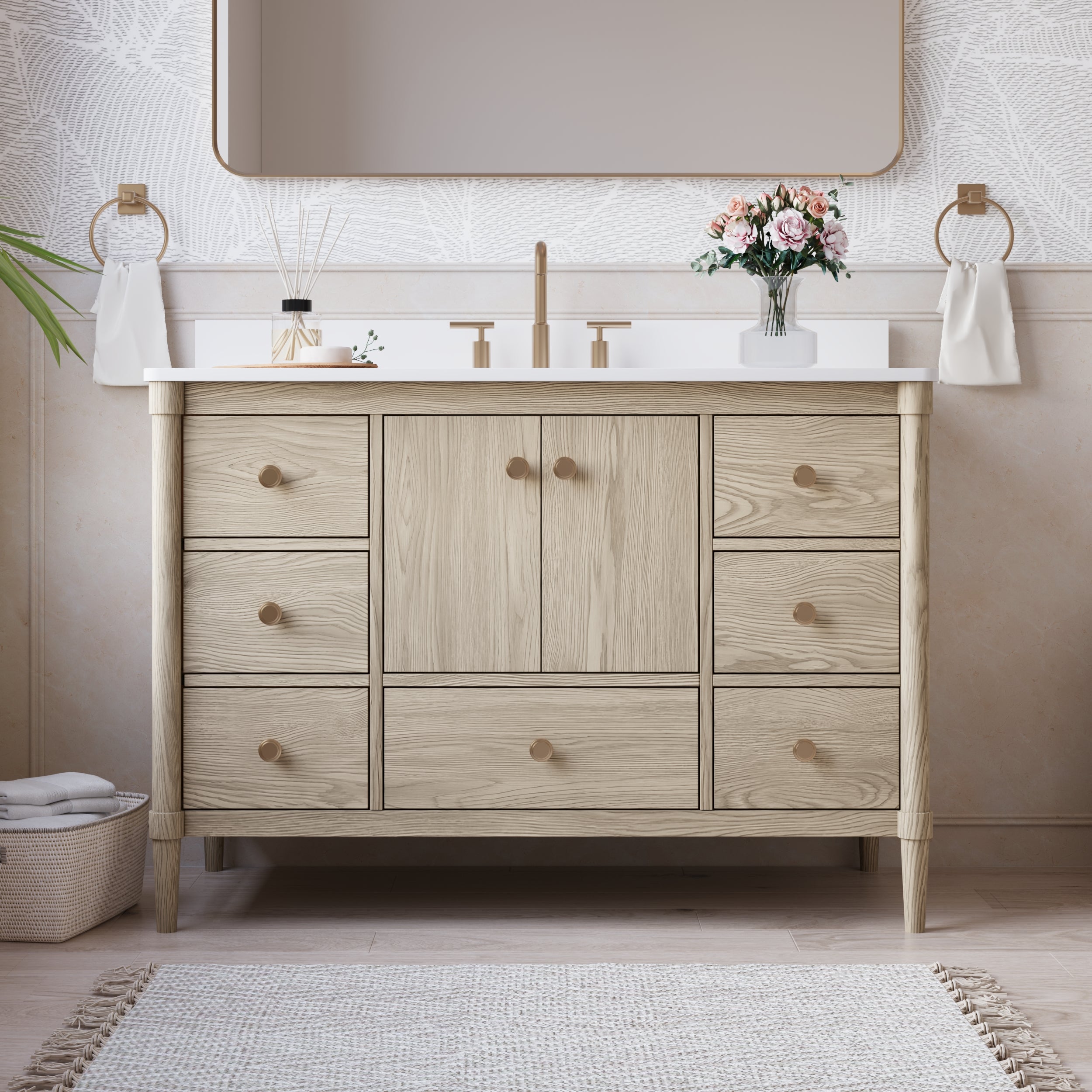
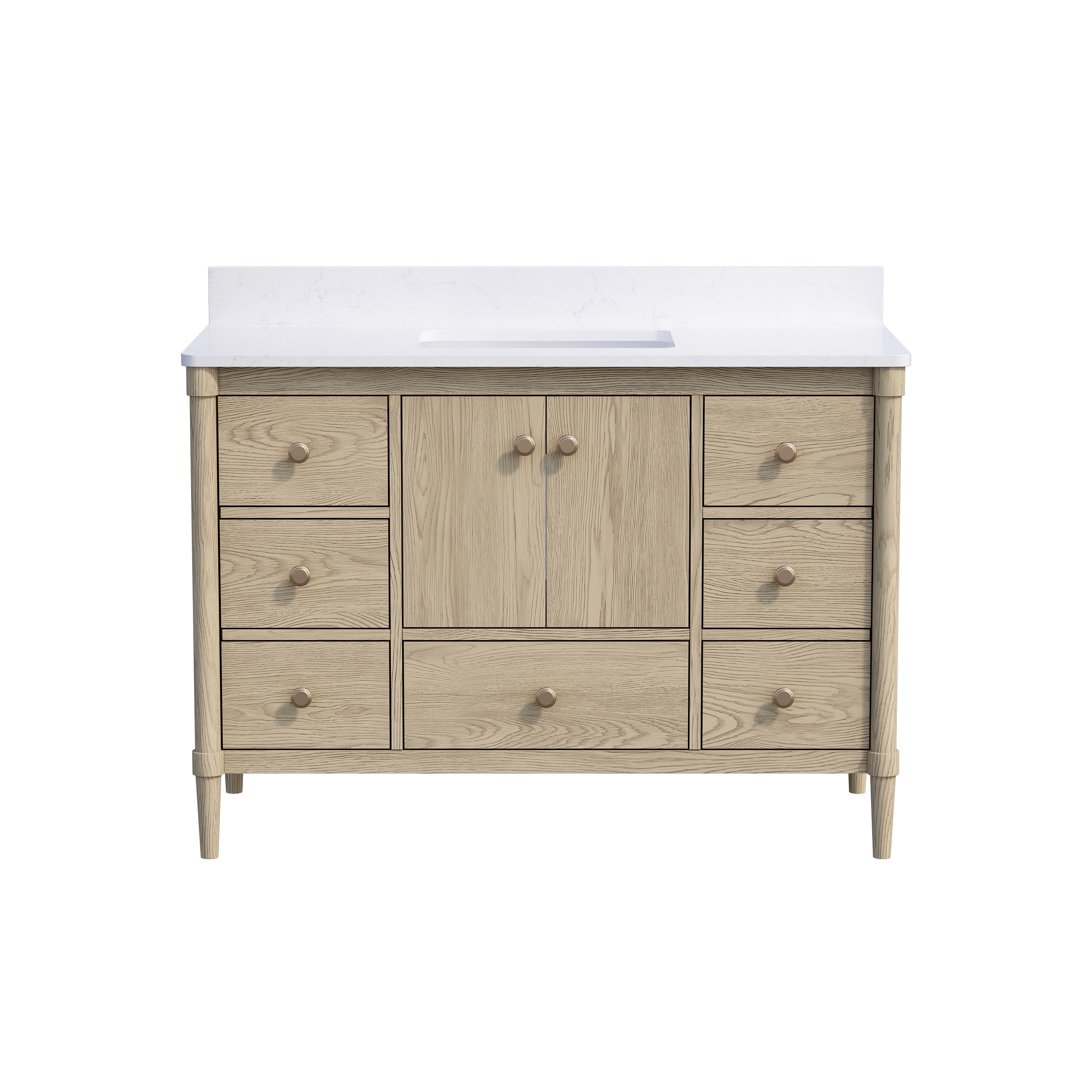
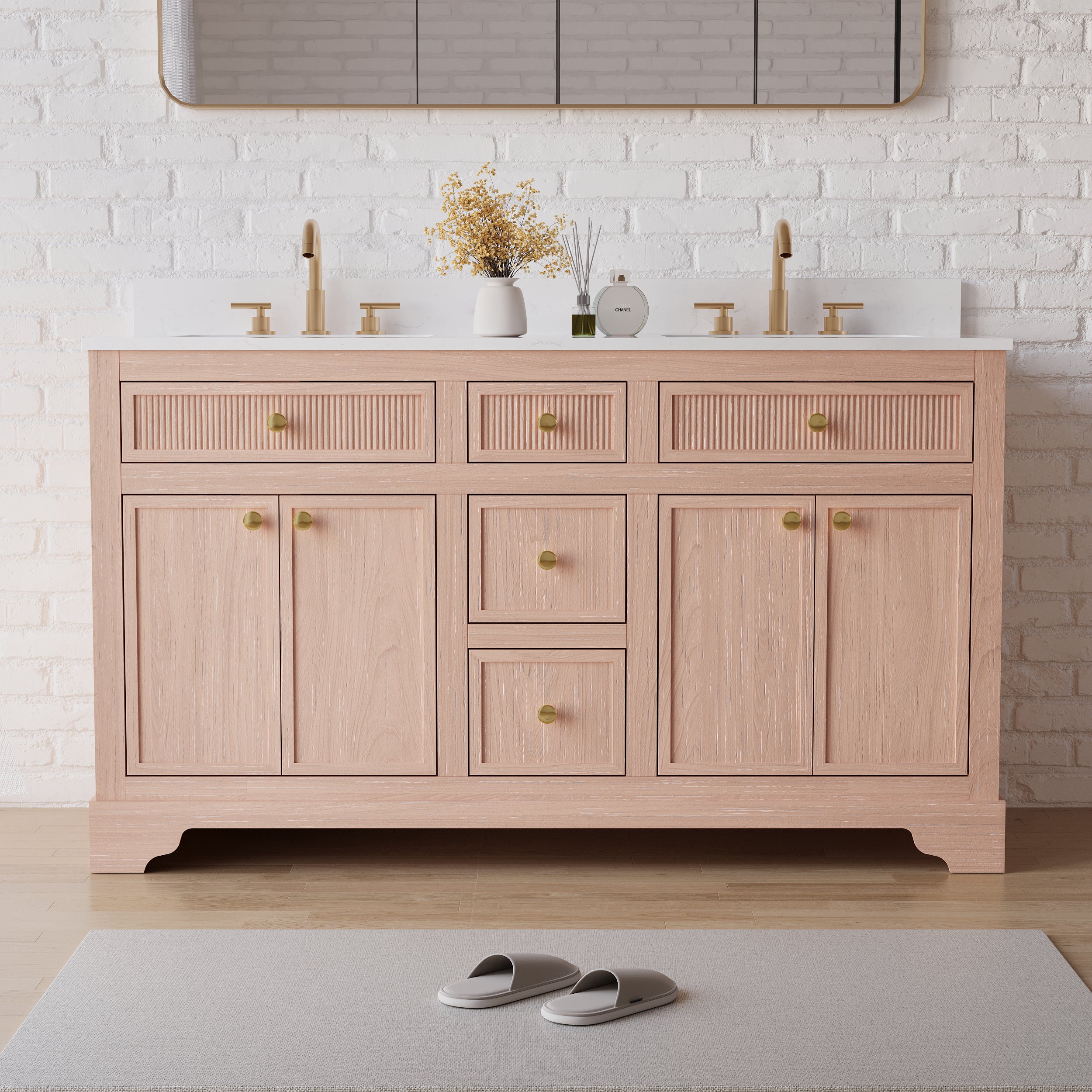
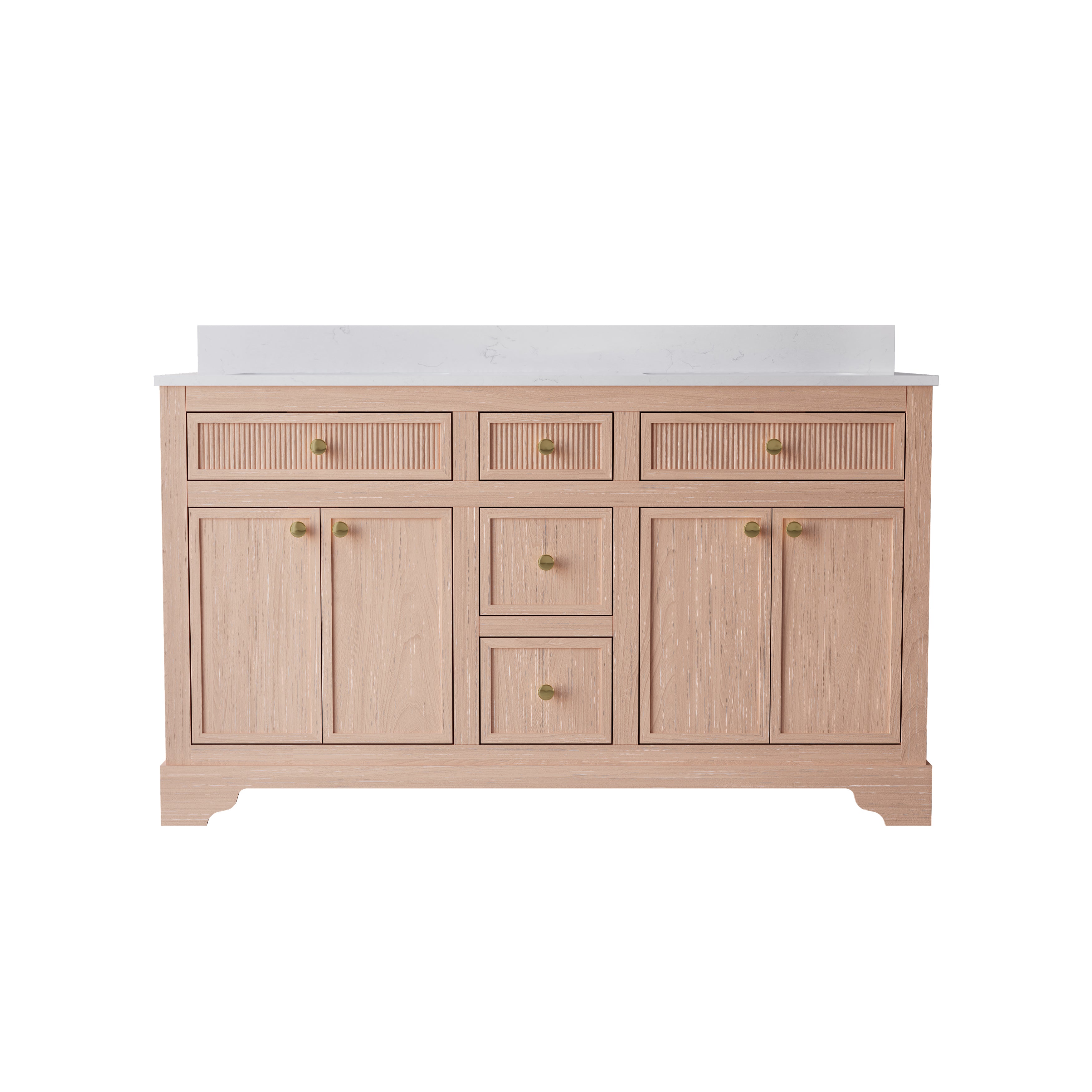
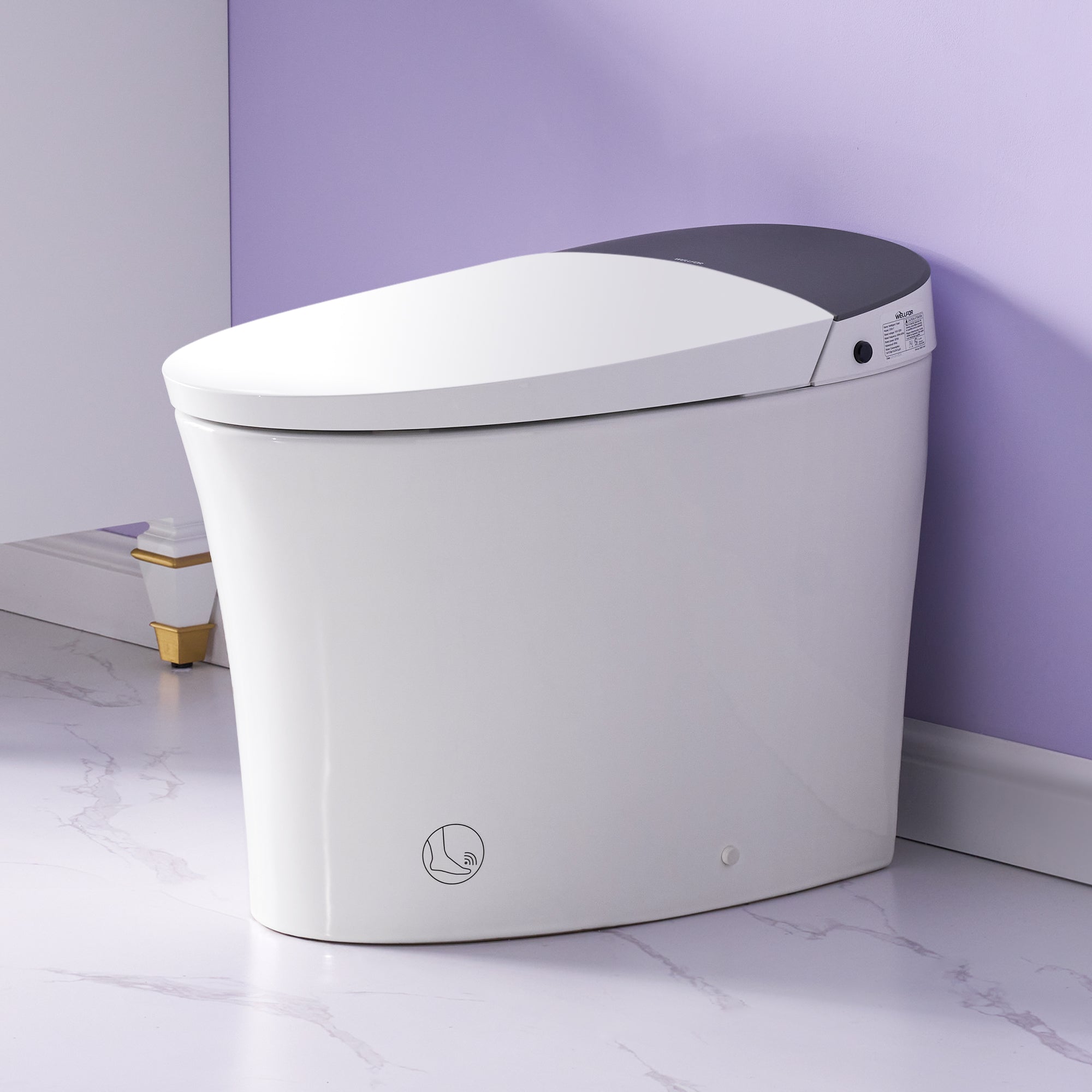
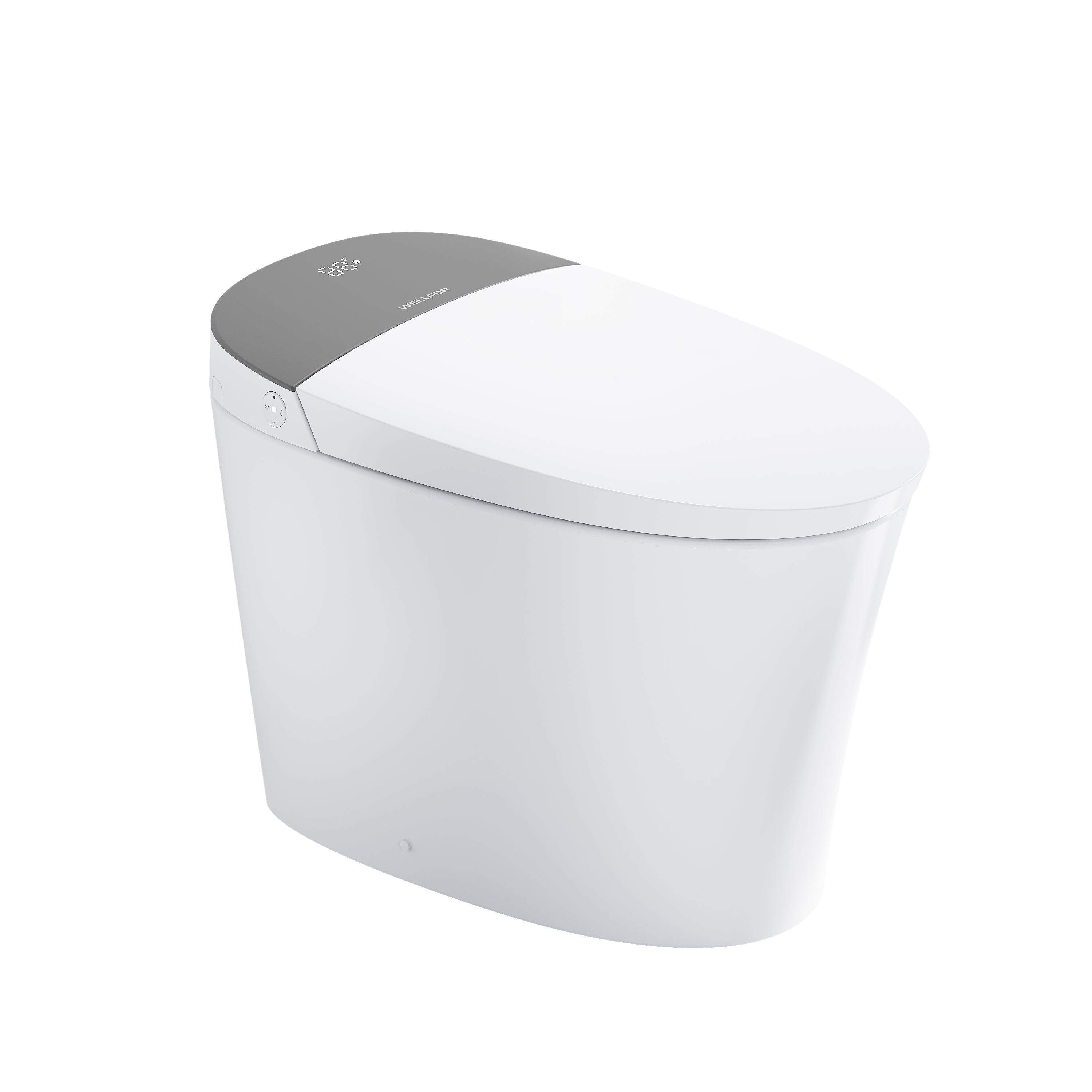
Leave a comment
This site is protected by hCaptcha and the hCaptcha Privacy Policy and Terms of Service apply.